DEPARTMENT OF AGRICULTURE












As the world fights the COVID-19 pandemic with lockdowns and economic shutdowns, the country’s agri-food system continued to function Farmers and fishers are used to adapting to circumstances, whether it’s droughts, floods or infestations of pests. Overcoming unpredictable hurdles goes with the job, but the pandemic is bringing a range of new challenges to growing the food people depend upon These challenges make it clear that more must be done to enhance the resilience of our agri-food system
Times like these remind us all of the importance of ensuring our nation’s food security. The wide array of programs and projects of the Department of Agriculture and its attached agencies, have been up and running, revitalized and upscaled, to ensure that food supply levels remain stable, and that farmers and fishers are supported and continue to thrive
Crises not only create problems but also present many opportunities Agriculture played and will continue to play a big role in the country’s response and recovery efforts. Our responses during this crisis must be undertaken with an eye to the future. In the process of meeting the present demands of the sector, we must simultaneously develop capacities and ways to better prevent and manage similar crises in the future and ensure that we make full use of what we will learn from this one
 Photo Credit: DA - CARAGA
Photo Credit: DA - CARAGA
The year 2020 was a tumultuous year for the world. The COVID-19 pandemic emerged, harming societies, economies and institutions. The agri-fishery sector was not spared, with food and agricultural markets absorbing dual shock to both supply and demand as pandemic-induced lockdowns disrupted global agriculture and food systems.
It was a more difficult situation for the Filipino farmer and fisherfolk, who aside from COVID-19 pandemic, also experienced the onslaught of the “perfect storm”starting with the eruption of the Taal Volcano, the continued incidence of the African Swine Fever (ASF), and a series of strong typhoons that ravaged the country in the latter part of the year
Beating the odds, Philippine agriculture showed its resilience as it contracted by only 0.2% during the year in review on the back of a relatively steady performance during the first three quarters of the year. This allowed the sector to keep the country’s economy afloat with a steady and affordable food supply for the population, amid this “perfect storm.”
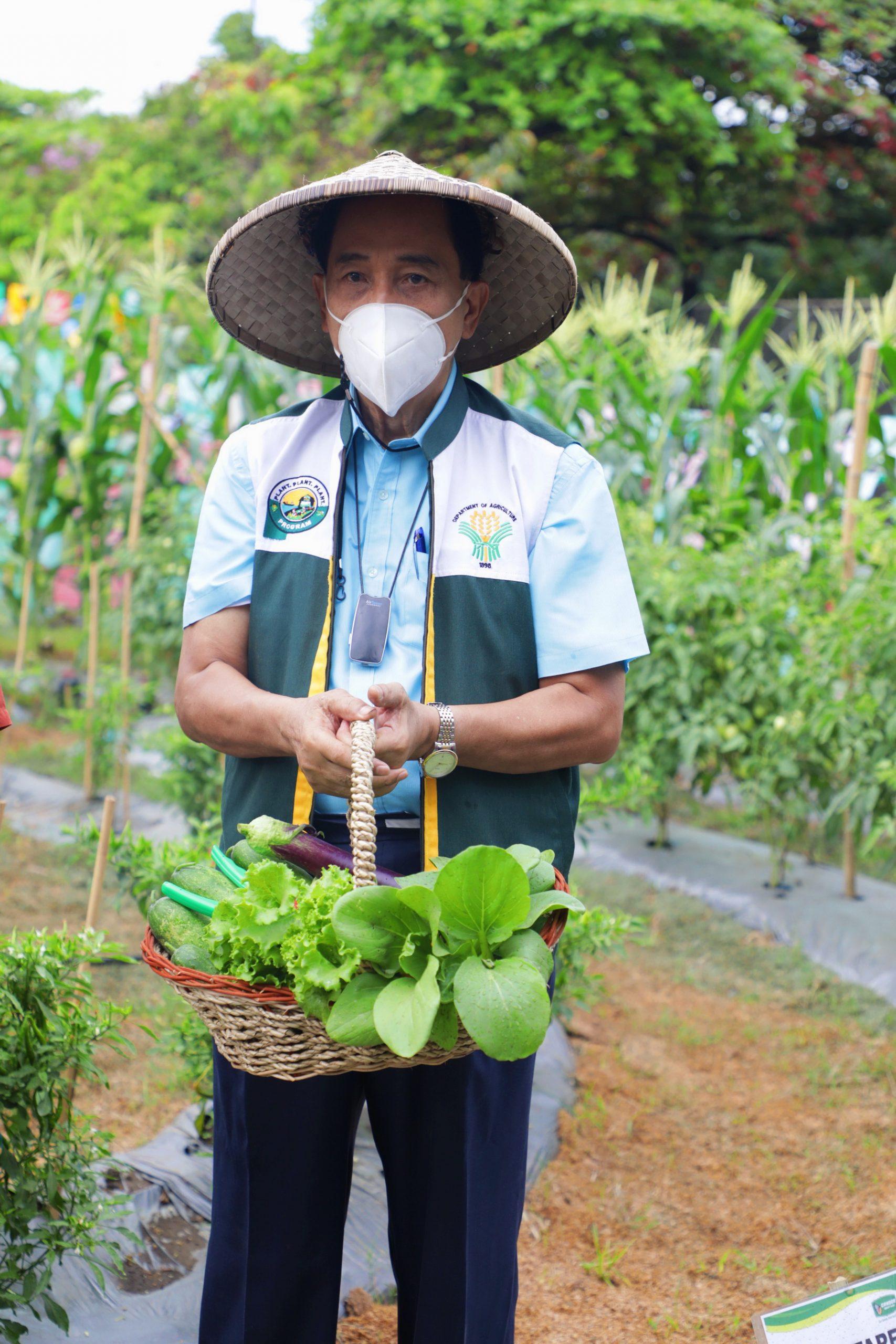
In this Annual Report, we highlight DA’s enhanced and intensified strategies that supported the agri-fishery sector in 2020 as we pursued the vision of a food-secure nation with empowered and prosperous farmers, fisherfolk and agripreneurs
These strategies - such as engaging more deeply with our farmers and fisherfolk in need to better address their situations; intensifying our supply and demand situation in coordination with stakeholders and government partners; and providing timely assistance of credit and farm inputs; expanding the geographic reach, as well as the beneficiaries, of our programs, among others - proved critical in ensuring food security in a crisis.
At the same time, we at DA did not lose sight of our long-term goal of achieving a modernized, climate-resilient and export-competitive food and agriculture industries
Research for development pursuits were pushed We also made progress in our digitalization and Agriculture 4 0 agenda, while teaching our farmers how to optimize these modern solutions We remained steadfast in streamlining processes to attract more entrepreneurs and investors into agribusiness.
We also continued efforts in our climate-resiliency projects, knowing full well the importance of building the sector’s resiliency against catastrophic typhoons that have always wiped out our gains.
As the sector moves onto its next chapter, the lessons of 2020 will resound. Food and agriculture remains as the country’s best hope to bounce back from these crises, as well as the surest pathway towards inclusive growth due to its ability to produce sustainable livelihood and income opportunities in the countryside.
For 2021, we will be guided by our “One DA” holistic approach anchored on the principles of modernization, industrialization, consolidation, and professionalization to transform Philippine agriculture into a productive, competitive and resilient sector
We intend to successfully attain our goals in close partnership with all stakeholders of the agriculture and fisheries sector, including the farmers and fishers themselves, Local Government Units, legislators, private sector and industry groups, NGOs, academe and research institutions, foreign funding institutions, and other government agencies
It is therefore my privilege and honor to dedicate this Annual Report of the Department of Agriculture for 2020 to all the men and women who had participated in our progress thus far, as well as the Filipino ruralfolk, in whose humble name we continue to carry out our duties.
Sama-sama nating itaguyod and Bagong Pananaw sa Agrikultura: Isang Pilipinas na may maunlad na seguridad sa pagkain at mga magsasaka at mangingisdang may maunlad at masaganang buhay!
WILLIAMD.DAR,Ph.D. SecretaryThe country entered 2020 with better prospects following the realization of better economic and social outcomes for the Filipino people. However, COVID-19 - the defining global health crisis of our time, interrupted the country’s growth momentum and trajectory This pandemic which took a toll on both lives and livelihoods, is much more than a health crisis, it is also an unprecedented socio-economic crisis affecting societies and economies at their core
When the government made the difficult decision of imposing community quarantine which restricted the economy, it came with many consequences. The country's gross domestic product (GDP) shrank 9.6% in 2020 - the first annual contraction since 1998 after the Asian financial crisis erupted
This, however, signaled encouraging prospects for the succeeding year as the country’s economy slowly rebounds from
a 17 0%-contraction recorded during the height of the enhanced community quarantine in the second quarter of 2020 The ease in GDP contractions can be attributed to the government’s continuous and calibrated efforts to reopen the economy and chart a better and more solid path to recovery.
Despite months of community quarantine which significantly affected the functioning and flow of critical food supply chains which are crucial in securing food supply in the country, the agriculture and fisheries sector managed to register a 1.6% and 1.2% growth in Gross Value Added (GVA) for the second and third quarter of 2020, respectively. However, agricultural performance deteriorated and contracted by 2 5% in the last quarter due to a series of typhoons and flooding that lambasted the country Six (6) typhoons, namely typhoon Nika, Ofel, Pepito, Quinta, Rolly, and Ulysses, caused some Php19 8 billion worth of damage and losses to agriculture and fisheries Despite all the challenges that the agriculture sector weathered this year, its full-year GDP share contraction was only at 0 2%
The agriculture sector’s experience in 2020 is a testament to its resilience and great potential to accelerate economic recovery. The country’s agriculture and fisheries sector is expected to play a major role in the
government’s recovery efforts given that the economy’s traditional growth drivers are recovering from significant declines An agriculture-driven economy is a viable strategy to enable the country to rise stronger from the COVID-19 crisis capitalizing on the sector’s immense potentials to generate more jobs along the entire valuechain, reduce poverty, ensure food and nutrition security, and enable rural communities to bounce back better.
In 2020, the total value of Philippine exports declined by 10.1% with agro-based products export contracting by 11.5%. Amidst the health crisis and movement restrictions imposed by trade partners, the export of processed pineapple products (canned pineapple and pineapple concentrates), raw coffee, abaca fibers and natural rubber still took an upward trajectory
This year , Philippine agricultural imports also contracted by 10 7% with the country’s total imports declining by 23 3% The country has a negative agricultural trade balance with a deficit of $7,867 million While it recorded an agricultural trade surplus with Japan, it continued to record trade deficits with the other major trading partners such as Australia, USA, ASEAN countries and the European Union.
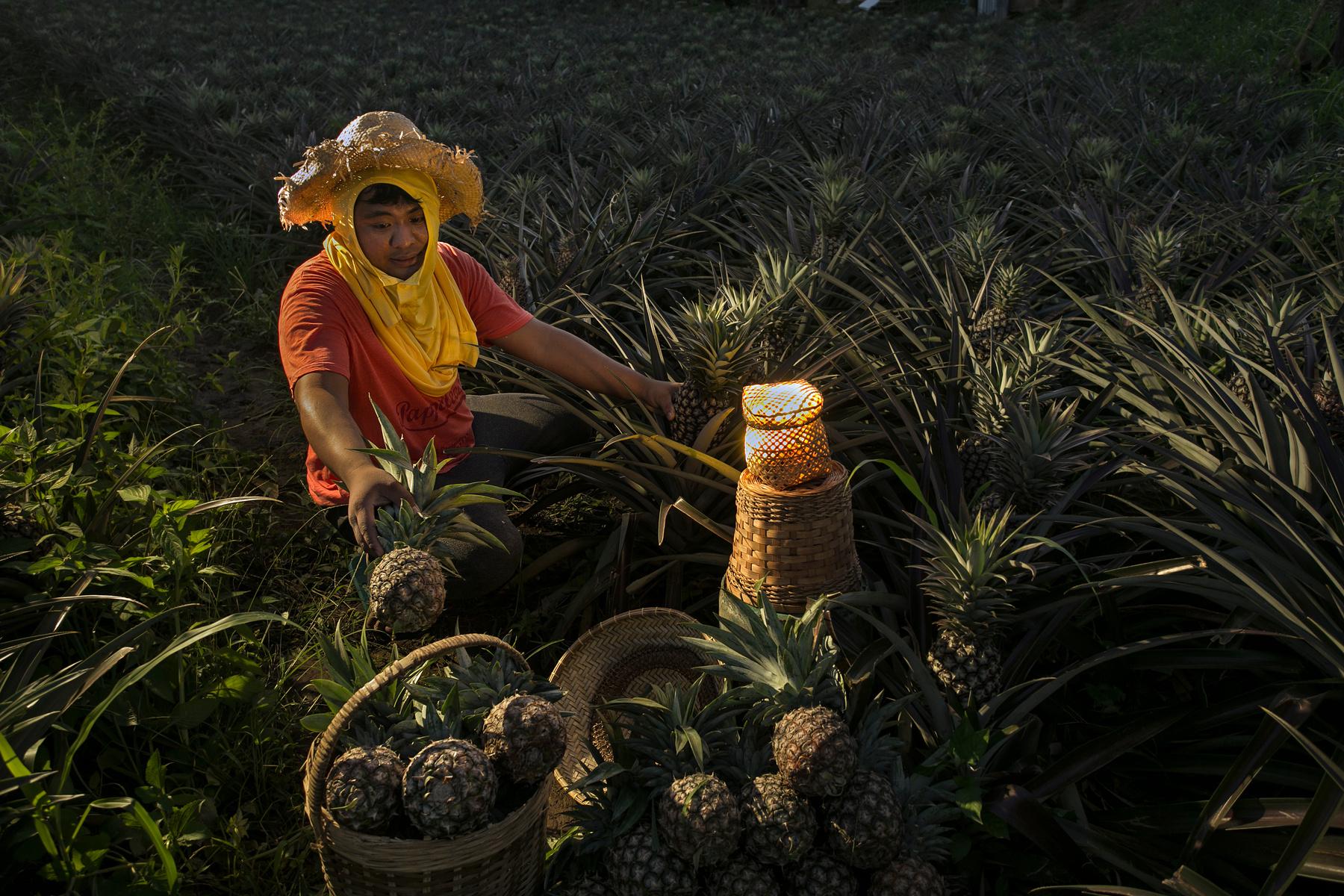
as of December 2019 (FOB in million USD)
Source: PSA 2020 Selected Statistics on Agriculture


COVID-19 pandemic: The worst crisis since WW II
The Department recognizes that from the onset, it is critical to fortify the absorptive and anticipatory capacities of the DA and of the agriculture and fisheries sector in order to cushion the existing impacts of the pandemic, and effectively respond to future challenges that may arise given the many uncertainties surrounding this health crisis.

Immediate and short-term steps were implemented which aims to provide a policy, strategic, and operational framework to help ensure that the entire range of post-COVID interventions will synergize to optimize sector-wide recovery from the impacts of COVID-19
DA's immediate response to the COVID-19 pandemic
Approval of the Food Security Development Framework. The DA, as chair of the Task Group on Food Security (TGFS), spearheaded the crafting of a Food Security Development Framework which outlines the national government’s immediate action points and ‘rebound’ mechanisms to attain the overall vision of a food-secure and resilient Philippines with empowered and prosperous farmers and fishers This will guide memberagencies of the TGFS in the crafting of an operational plan and implementation of identified interventions based on their respective mandates In May 2020, the framework was approved by the Interagency Task Force for the Management of Emerging Infectious Diseases (IATF).
Issuance of policies for operational continuity. The Department issued Memorandum Circulars to ensure unhampered movement of all cargoes, agriculture and fishery inputs, food products, and agribusiness personnel nationwide, and continuance of farming and fishing activities including those involved in the entire food value chain Further, DA coordinated closely with the DILG to enhance checkpoint protocols.
Enforcement of SRP scheme and price freeze. To protect consumers from hoarding, profiteering and manipulation of prices, DA, DTI and DOH reactivated local price councils to enforce Suggested Retail Price (SRP) scheme and price freeze in Metro Manila for agriculture and fishery commodities and other basic commodities Moreover, the DA Bantay Presyo Task Force (BaPTF), together with partners from DTI and LGUs, continued to enforce the Price Act throughout the country The group monitored and enforced prices of basic food commodities such as rice, fish, chicken, pork, sugar, cooking oil, garlic and onion in major markets nationwide.

Issuance of food pass. A total of 126,145 food passes were issued by the DA AMAS and DA RFOs to online and walk-in applicant to ensure the unhampered movement of all agri-fishery inputs, food products, and agribusiness personnel nationwide amidst transport restrictions. The Department also maintains the DA Hotline 1381 (AGRI) to help respond to issues and concerns related to the movement of agri-fishery products and inputs.
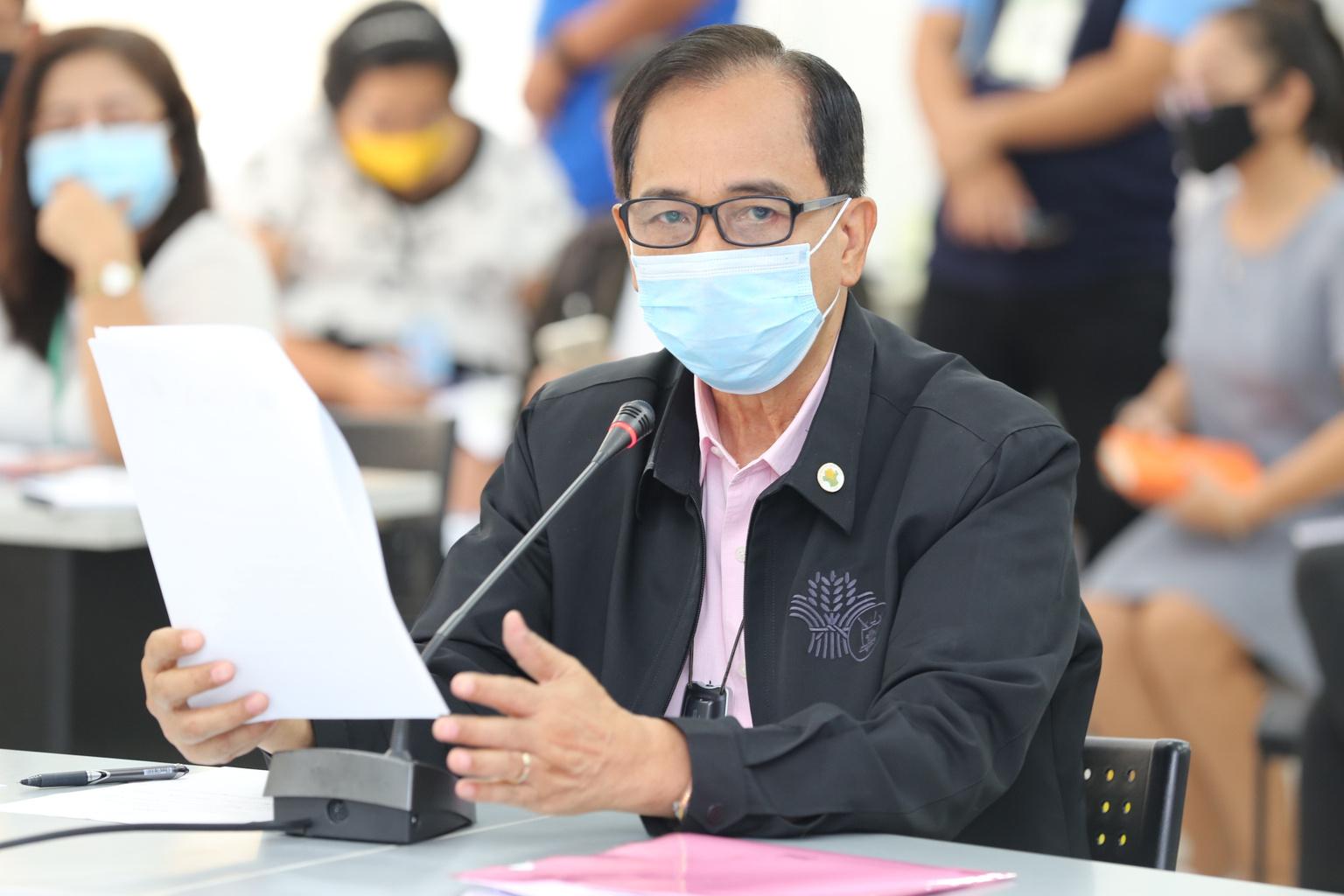
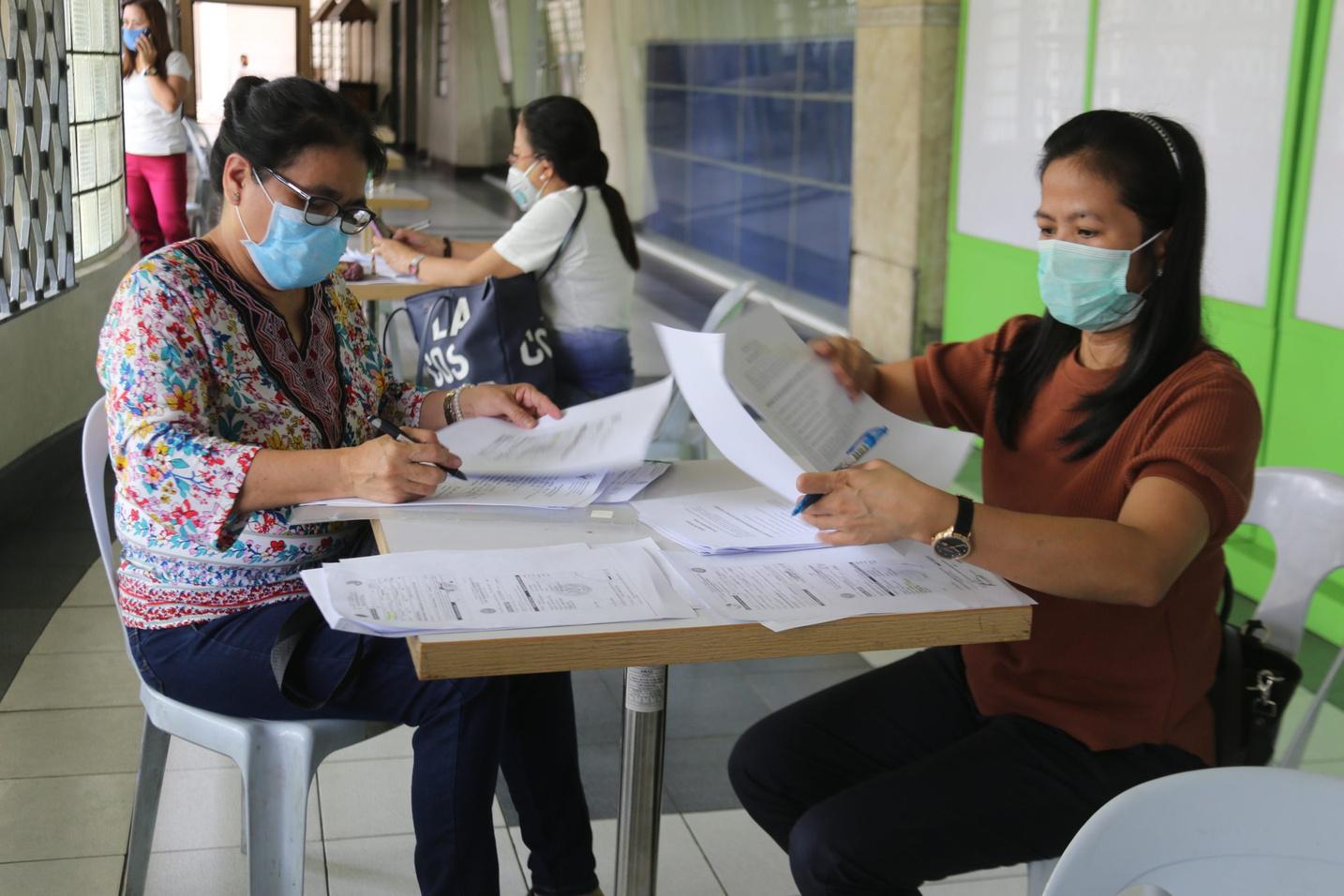
The Plant, Plant, Plant Program serves as the centerpiece initiative of the DA to ensure sustained food production and availability, food accessibility and affordability amidst the threats of COVID-19. This umbrella program primarily aims to increase food production; increase food sufficiency level of the country; and enhance economic recovery and income opportunities benefiting farmers, fisherfolk, and all stakeholders in the agricultural value chain.
With the provision of a wide-range of interventions which include production support, credit support, marketing and logistics support, social amelioration, and digital innovations, among others, the government gives equal priority and attention to continuously expanding local food production to avoid potential shortage Moreover, increasing the sector’s capacity to adjust to post-pandemic conditions and achieve structural resilience to counter future shocks is also an overarching principle pursued by DA.
The Department's COVID-19 response under Bayanihan I highlights the Rice Resiliency Project (RRP) which aims to ensure higher rice sufficiency level and availability through increased productivity during the 2020 wet season by providing seeds and fertilizers Other initiatives under Bayanihan I include (1) cash and loan assistance through the Financial Subsidy for Rice Farmers (FSRF) and the Expanded SURE Aid and Recovery Project (SURE COVID-19); (2) production support through the distribution of seeds, fertilizers, soil ameliorants, botanical pesticides, animals, fingerlings and fishing paraphernalia; (3) extension and training support through the conduct of training activities (blended learning, e-learning platforms and webinars) and dissemination and distribution of IEC materials (including digitized materials) and establishment of model and techno-demo farms; (4) provision of farm production-related and post harvest equipment and machinery, and construction and upgrading of facilities production and post harvest facilities; (5)establishment of aquaponics structures urban gardens, school gardens and community gardens; and (6) marketing and logistics support through market linkage assistance and logistical support, operationalization of fish rolling stores, financial grants for FCA consolidators and Community-Based Organizations (CBOs) for Kadiwa Retail Stores as well as establishment of Regional Food Terminals in selected regions and Central Food Depot in Metro Manila.
Implementation of programs under RA 11494 or the Bayanihan to Recover as One Act
Under Bayanihan II, the DA developed a comprehensive set of interventions that will substantially contribute to the continued efforts to revive the pandemic-hit economy
A total of Php24 billion was allocated for direct cash or loan interest rate subsidies to farmers, fisherfolk, agri-fishery enterprises and cooperatives, to finance the Department's Plant, Plant, Plant Program
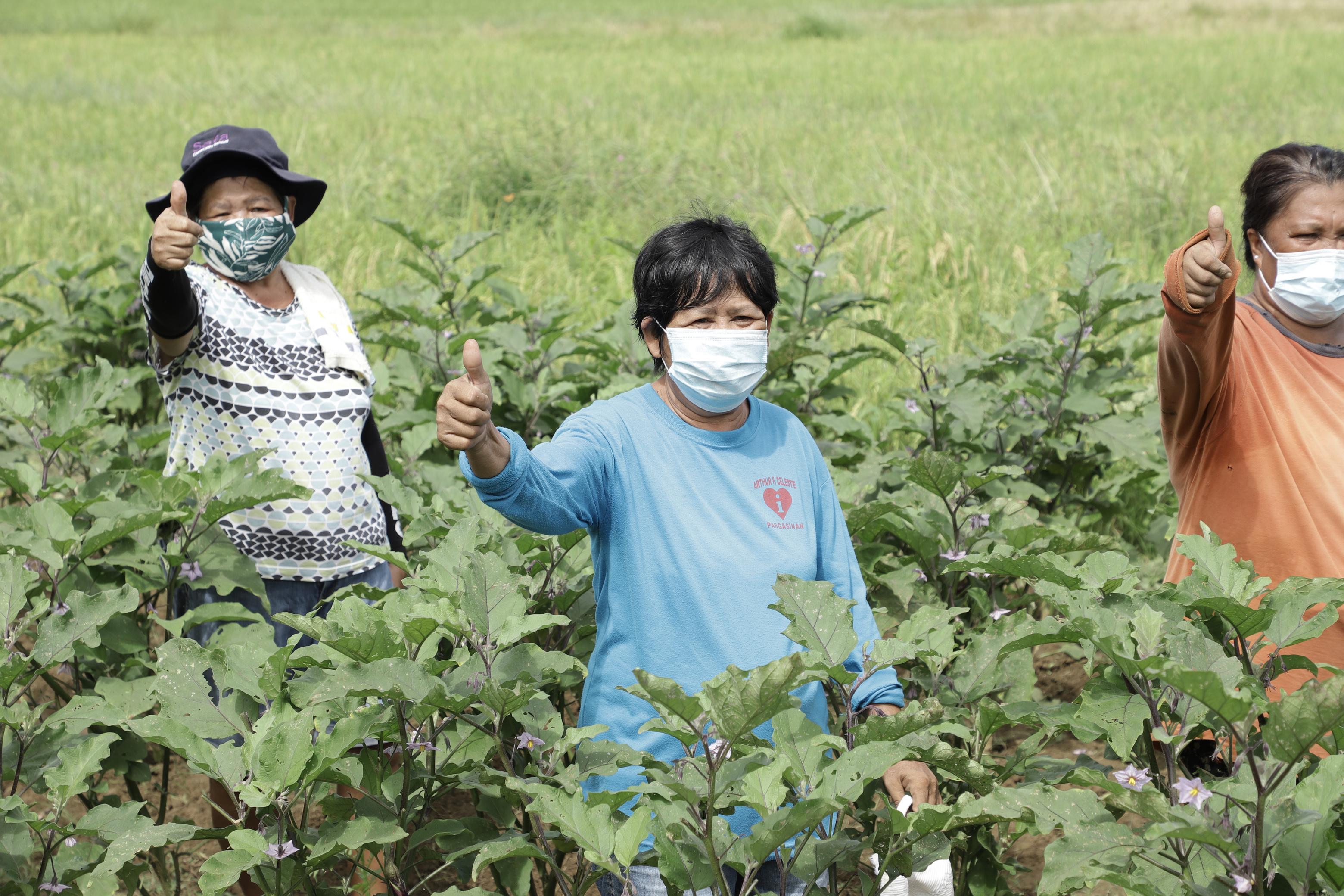
(asofDecember31,2020)
RRP: 886,842 fertilizers
Beneficiariesserved: 431,874 46,013
OtherPrograms: 801,271 individuals
As of December 2020, the Department has rolled out the Cash and Food Subsidy for Marginal Farmers and Fishers (CFSMFF) that provided Php3,000 00 cash assistance to and Php2,000 00-worth of food subsidy (such as rice, chicken, egg, etc ) to 51,064 and 44,479 beneficiaries, respectively or 10 7% of the total program target Preparatory activities for the implementation of other programs are already underway
*TargetbeneficiariesbasedonapprovedPhysicalPlan(BudgetExecutionDocument2)ofBayanihan2PAPs
2,251,050
72,928
seeds groups individuals groups

As of December 31, 2020, 415 cities and municipalities in 37 provinces and 11 regions have been infected with ASF. To control the spread of the disease to adjoining areas, the “1-7-10” protocol was implemented and 431,537 hogs were culled with 51% or 188,059 coming from Region 3.
To compensate for the incurred losses due to culling activities, the DA allocated a total of Php1 336 billion for ASF indemnification sourced from the President’s Contingency Fund and DA’s Quick Response Fund Of these, Php1 329 billion have already been distributed to 32,082 affected hog raisers with 67 5% of the indemnification fund awarded to hog raisers in Central Luzon
Biosecurity measures and other strategies implemented
The Department employed a multi-pronged approach, highlighting prevention and control of the disease, as well as the recovery of the industry. Efforts include beefing up quarantine procedures, monitoring of movements, inspection, testing, and education.
Implementation of the “1-7-10” protocol. With the strong support and cooperation from LGUs and the private sector, the Department implemented the “1-7-10” protocol in ASF-affected areas and established 24/7 animal quarantine checkpoints to prevent the spread of the disease in other adjoining areas. The "1-7-10" protocol is used in controlling the spread of any animal disease in an area known to have the disease infection. By establishing specific outbreak zones, proper guidance is provided on the actions to be carried out and restrictions to be imposed
Supply augmentation. The Department has coordinated with hog raisers/suppliers from other regions that were not affected by ASF to supply hogs to NCR From September to December 2020, a total of 192,513 head were shipped to NCR from Western Visayas, Central Visayas, Eastern Visayas, Zamboanga Peninsula, Northern Mindanao, Davao Region and SOCCSKSARGEN
asofDecember31,2020
Source:BureauofAnimalIndustry
11 regions 37 provinces 415 cities & municipalities
431,537 hogs culled
32,082 hogs raisers indemnified
Php1.33B indemnity paid
Alternative livelihood assistance. The ASF outbreak has significantly affected the livelihood of about 38,000 farmers nationwide. To further help ASF-affected hog raisers to recover, various alternative livelihood assistance were provided. Over 431,000 chicken, 1,500 carabaos, 3,362 cattle, 3,821 goats and 300 quails were distributed nationwide. Moreover, modules and starter kits for vegetable production, mushroom production and urban gardening, among others were also distributed to affected farmers
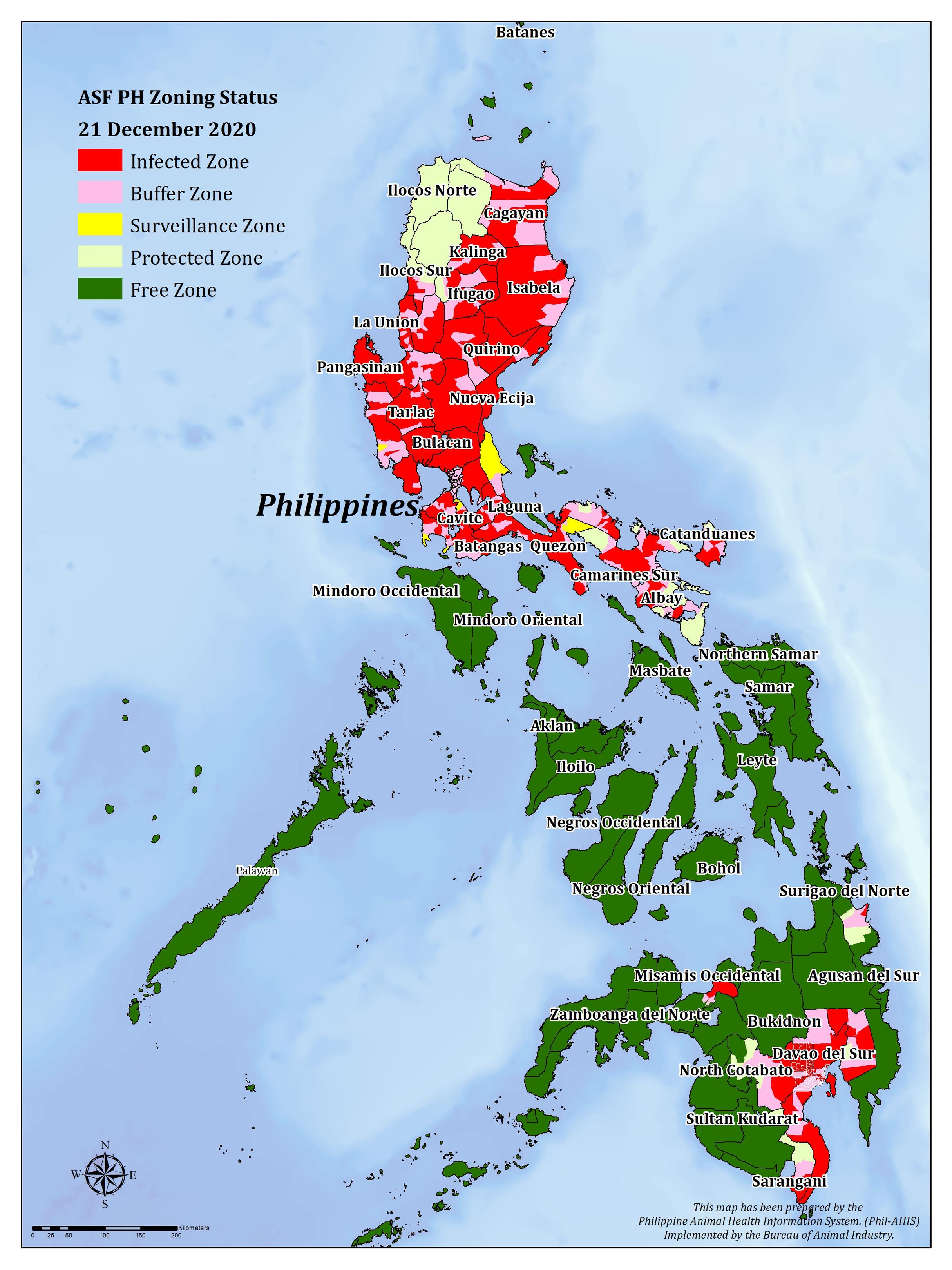
as of December 21, 2020
Source: Bureau of Animal Industry
This year, the Philippines of Avian Influenza (AI) or Luzon towns, namely: Jae Luis, Pampanga and Tayt to the same episode thre leadership was more prep its spread with targeted q and policies now in place

The DA-BAI, together wit swiftly acted on reports o mortalities from contingency me government’s AI immediately car further spread o
Further, the Inte Management of (IATF-EID) has a the National Avi (NAITF) in July 2 outbreaks using and collaboratio
The country was outbreaks in les virus reemerged 2020. The World Health (OIE) alre January 8, 2021 the last remainin farms showed n presence of the monitoring
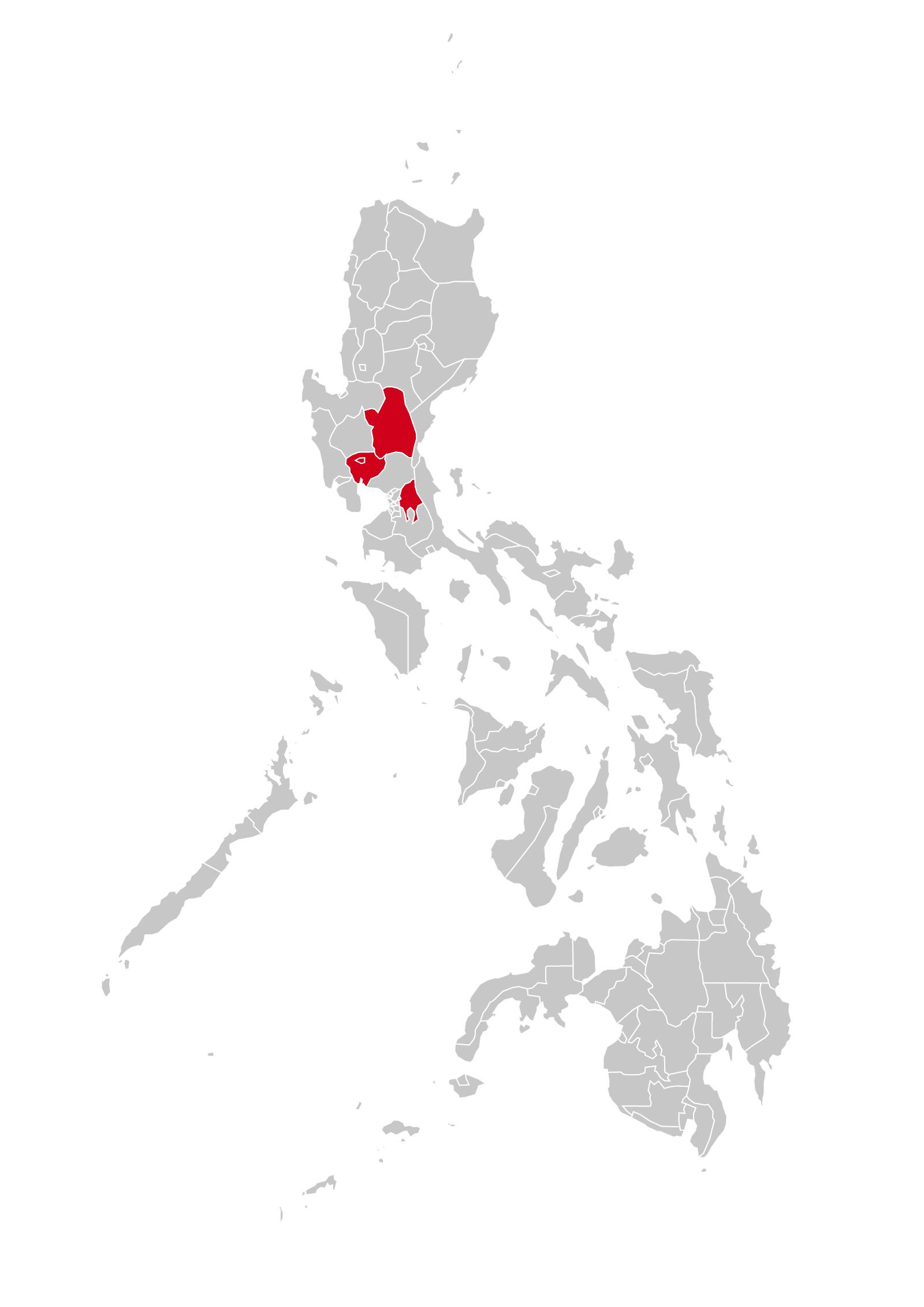
The Taal Volcano erupted in January, exacting some Php3.5 billion worth of damage and affecting some 16,800 hectares of coffee, cacao, pineapple, rice, coconut, and other high value agricultural crops The fisheries sector around Taal Lake sustained the biggest hit with Php1 6 billion in losses The Department was able to offset these losses through the immediate delivery of
assistance and services to those affected by the eruption. The DA was one of the first government agencies that delivered aid to those affected by the disaster and initially awarded Php2.708 million worth of assistance including crop insurance, livelihood, seeds and seedlings, and farm machinery, among other donations to the affected farmers and fisherfolk of Talisay, Tanauan, and Sto Tomas in Batangas
The fall armyworm (FAW) in June 2019, in Piat, Cag plants Now, infestation has been monitored in 635 municipalities and 70 provinces affecting 21,241 hectares nationwide with 47.5% of the affected area reported in Region II. With DA’s aggressive campaign to eradicate FAW, 14,211 hectares of the reported affected area have been treated already.

The DA has provided Php150-million worth of assistance to help farmers control FAW damage Inputs include 66,332 packs of Pheromone Lure and 67,081 bottles of inorganic pesticides Additional Php98 5 million was allocated for production recovery and FAW incidence management under Bayanihan 2. The DA-BPI and DA RFOs also conducted farmers’ seminars on integrated pest management, pest control techniques and good agricultural practices and PHFAWStatistics asofDecember31,2020

Source:BureauofPlantIndustry
15 regions 70 provinces
635 cities & municipalities
21,241has. area infected
14,433has. area treated
In 2020, the agriculture sector suffered from a Php28.06-billion production loss due to typhoons, flash floods, drought, volcanic eruption, pest infestation, disease outbreaks and fish kill, among others Majority of the losses were incurred by the high value crops subsector (38%), rice (26%), corn (14%) and fisheries (13%)

Of these, Php24 45 billion or 87 1% of the total value of agricultural damage and losses were caused by typhoons (76 1%) and other climate-related disasters (11 0%) such as flash floods and drought
The Department mobilized its Php3 0-billion Quick Response Fund (QRF) and National Disaster Risk Reduction and Management Fund (NDRRMF) to aid in the immediate recovery, rehabilitation and restoration of damaged livelihood of over 200,000 farmers and fisherfolk and 5,664 groups nationwide who were adversely affected by various calamities and disasters.
As of December 31, 2020, 47 2% or Php1 415 billion has been utilized for the provision of production inputs such as seeds, planting materials, fertilizers, farm tools, fingerlings, fishing paraphernalia, animals, among others; rehabilitation of damaged production, postharvest, aquaculture and irrigation facilities; repair of agricultural machinery and equipment; and indemnification for livestock and poultry raisers affected by culling activities, among others. The rest of the funds were allocated for areas affected by the series of typhoons that hit the country during the latter part of the year, areas affected by the fall army worm infestation, and ASF-affected hog raisers, among others.
Updated as of May 25, 2021
Source: DA Field Programs Operational Planning Division - Disaster and Climate Information Office
MostDestructive Typhoonsin2020
1 TYUlysses(Nov) Php6719B
2 TYQuinta(Oct) Php6010B
3 STYRolly(Nov) Php5794B
4 TDNika&Ofel Php1276B (Oct) STSPepito
76.1% Php21353
Typhoons
11.0%
Flashfloods Drought
Hailstorm Frost
12.9% Php3609
Volcaniceruption
Pestinfestation
Fishkill Dampingoff
B Php3097 B BBy all accounts, 2020 has been a very challenging period for Philippine agriculture But the sector’s steady performance during these trying times is a testament to its resilience and immense potential to spark and accelerate economic recovery
Although, the COVID-19 pandemic has altered the path the DA has taken this year, the Department was quick to reinvent its ways and adapt to the changing times with a renewed sense of commitment and urgency. The entire DA system refocused its budget to develop a comprehensive and strategic set of interventions with the end goal of ensuring adequate, accessible, and affordable food to millions of Filipino households, particularly in Metro Manila and other major consumption centers, amid the COVID-19 pandemic.
With the Bayanihan to Heal as One Act and Bayanihan to Recover as One Act, DA was able to expand the coverage of its assistance to farmers and fisherfolk through various productivity enhancement, income enhancement and social am protection projects imbued Plant Program
In order to mitigate the eco COVID-19, the Department implementation of food ava logistics programs to ensu function of the food value flow of agricultural commo safety. This aims to ensure supply and provide more m to attract more traders the supply and demand, and as and fishers continued inco
Palay procurement. The National Food Authority (NFA) procured a total of 13,467,645 bags or 673,382 23 MT of palay from individual farmers and FCAs nationwide equivalent to Php12 794 billion at Php19 00 per kilogram Of the total volume procured, 57% were from Southern Luzon, Central Luzon, Cagayan Valley and Ilocos Region
Rice distribution and positioning of stocks. A total of 11,761,675 bags or 588,083.74 MT of government rice were supplied to consumer markets, LGUs, DSWD and other government and relief agencies equivalent to Php14.702 billion at Php25.00 per kilogram. About 56% of the total volume were distributed to Central Luzon, National Capital Region, Southern Luzon and Western Visayas. Since the implementation of community quarantine in various areas, a total of 5,790,162 bags or 289,508 MT of rice were distributed to various government and relief agencies intended for distribution to families adversely affected by the lockdowns

KADIWA ni Ani at Kita Program. This is the flagship agri-fishery marketing program of the Department To ensure food availability and accessibility for all especially in areas under community quarantine, the original concept for KADIWA has been modified and new innovative platforms and modalities were established to better serve the consumers during this health crisis.
Across all modalities, a total of Php7.663 billion in total sales have been generated which benefited 30,150 farmers, fisherfolk and farmer cooperatives, associations and agri enterprises. This amount is comprised of sales generated from retail and online selling platforms amounting to Php667 million and the value of agricultural products delivered to major demand centers facilitated under the KADIWA Express platform worth Php6 996 billion
Agri-Pinoy Trading Center (APTC) Project. The DA Agribusiness and Marketing Assistance Service (AMAS) spearheaded the monitoring of the status implementation and operations of APTC projects nationwide Currently, there are 14 operational APTCs nationwide. Of these, nine (9) are located in Luzon, two (2) in Visayas and three (3) in Mindanao. Moreover, five (5) APTCs are still under construction and one (1) at the preimplementation stage.

In 2020, the total volume of agricultural products traded in operational APTCs was approximately 61.212 million metric tons that benefited a total of 15,661 farmers.
Price monitoring. A total of 252 wet markets are regularly monitored nationwide. As a result, 514 notices of violations (NOVs) were issued to erring retail establishments and sellers through the Price Enforcement Unit (PEU). Of which, 167 cases were adjudicated and resolved while 347 cases are still ongoing and under review. In the NCR, the Surveillance, Monitoring and Enforcement Group conducts its daily retail price monitoring in 11 major markets. Moreover, weekly monitoring is also conducted in selected wholesale markets, supermarkets and grocery stores in Metro Manila The group monitors prices of basic food commodities such as rice, fish, chicken, pork, sugar, cooking oil, garlic and onion, among others
Foodlane Project. It seeks to inst the efficient and unhampered dis agri-fishery products from produ major demand centers A total of in NCR, CAR, Regions 3, 5 and MI were accredited and given prefer incentives such as: (a) truck ban subject to MMDA rules, regulation policies, (b) ease of passage in ch and (c) designation of foodlane ro Metro Manila and in the other reg
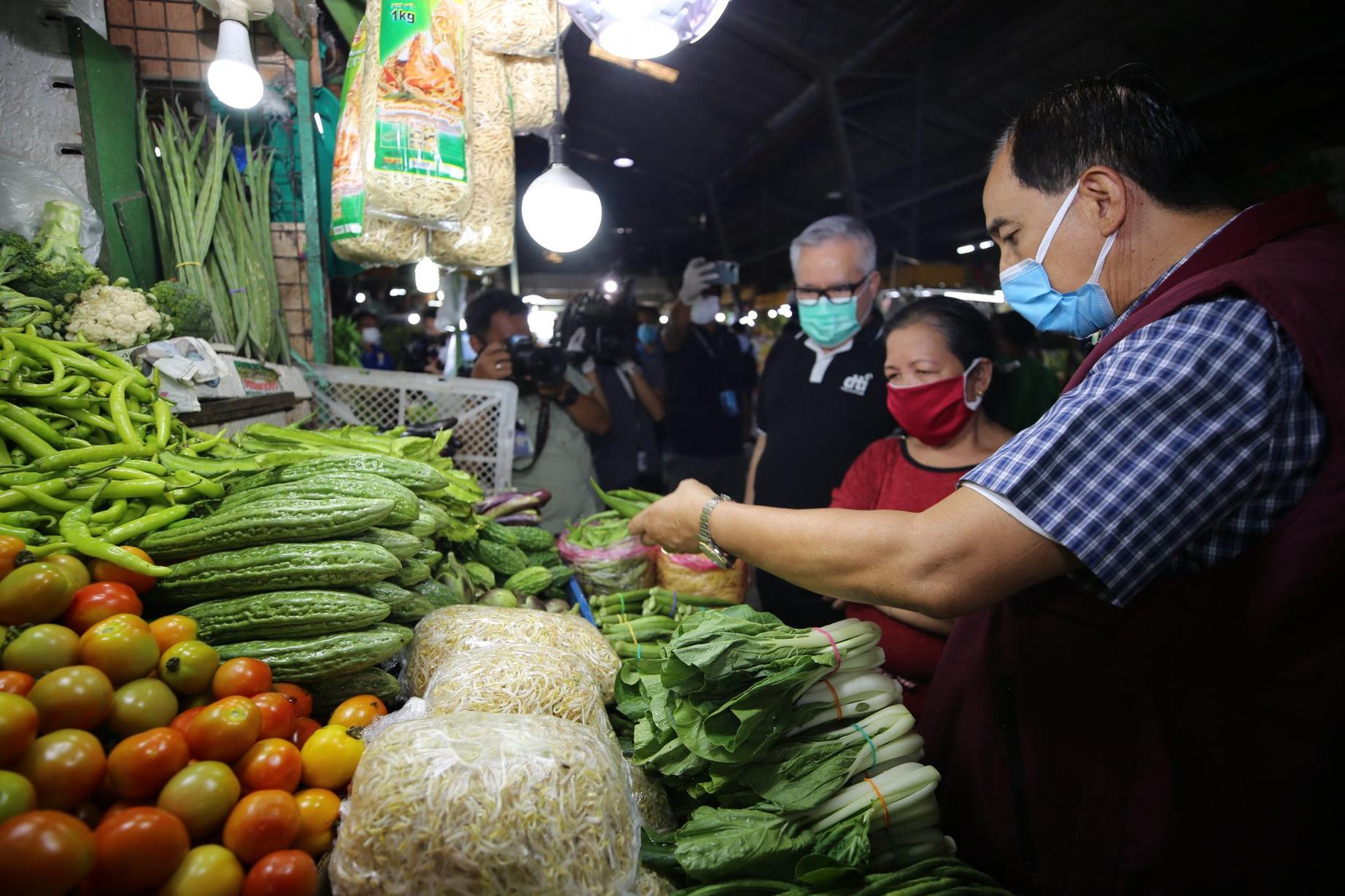
Promotion of exports. The Department is working hard to push for more agricultural exports as the agriculture & fisheries sector is seen as a major foreign exchange earner with the ability to provide employment to a huge part of the country’s population The DA recognizes that the promotion of agricultural products in the domestic & foreign export markets and improving access to these markets are effective catalysts in doubling the incomes of farmers and fisherfolk.
Along this line, Secretary William Dar and young agripreneurs, Jeffrey Fernandez and Rap Pelayo of Jelfarm Fresh Produce Enterprise led the initial shipment of two (2) tons of okra (lady finger) to Japan on September 29, 2020. JelFarm, one of the country’s leading okra exporters, will be shipping about five (5) tons daily as the harvest season begins Come peak season, with full blast operations, it can ship an average of 13 – 15 tons everyday About 300 farmers are involved in the production of the export-grade okra products that are harvested from different farms in 14 barangays of Tarlac
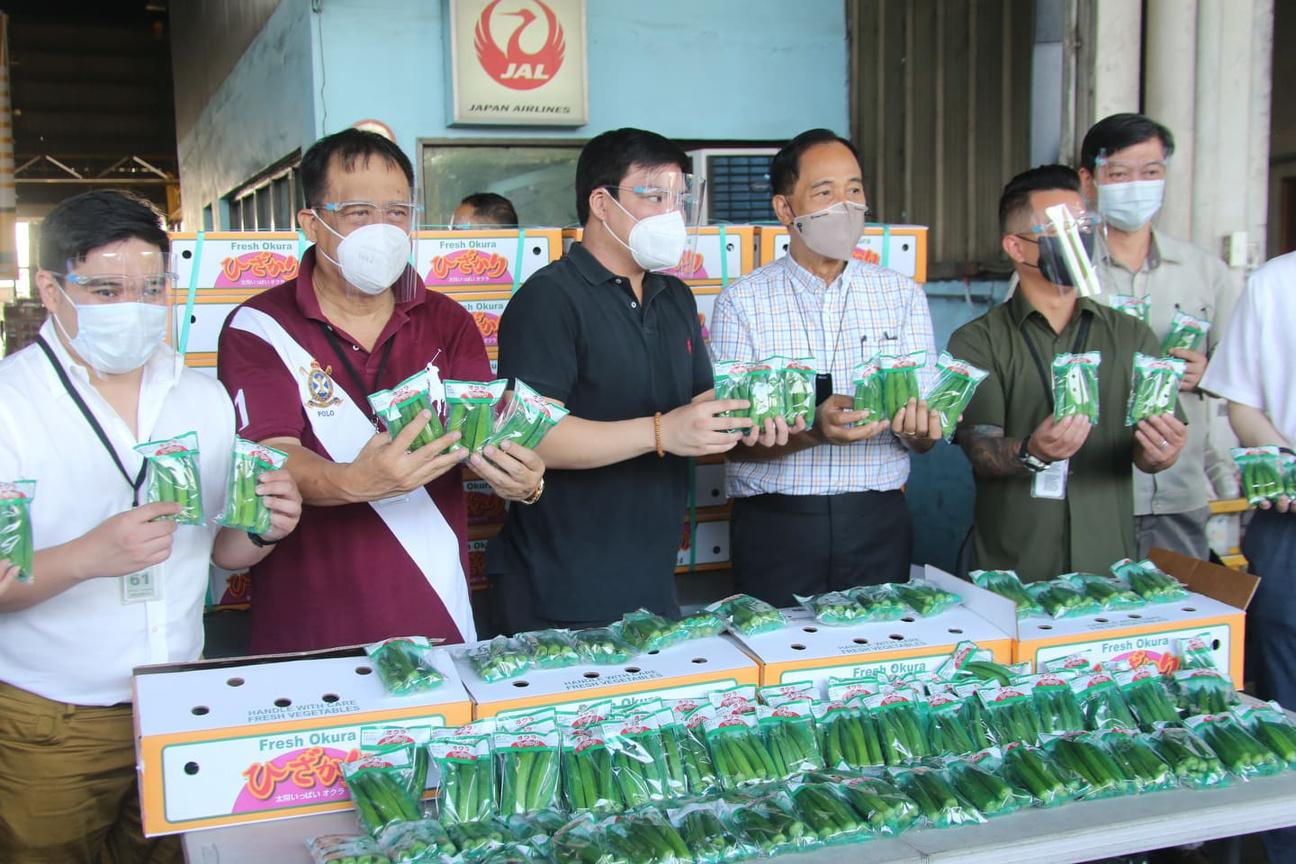
The Department is actively seeking for new export markets to penetrate for Philippine agri-fishery products by engaging in bilateral trade negotiations & dialogues with several countries such as: (1) R joint venture agreeme companies for fertilize machinery to spur the production; (2) Israelexport of pineapples & Bangladesh - to open including the export of sugar; (4) Hungary - fo
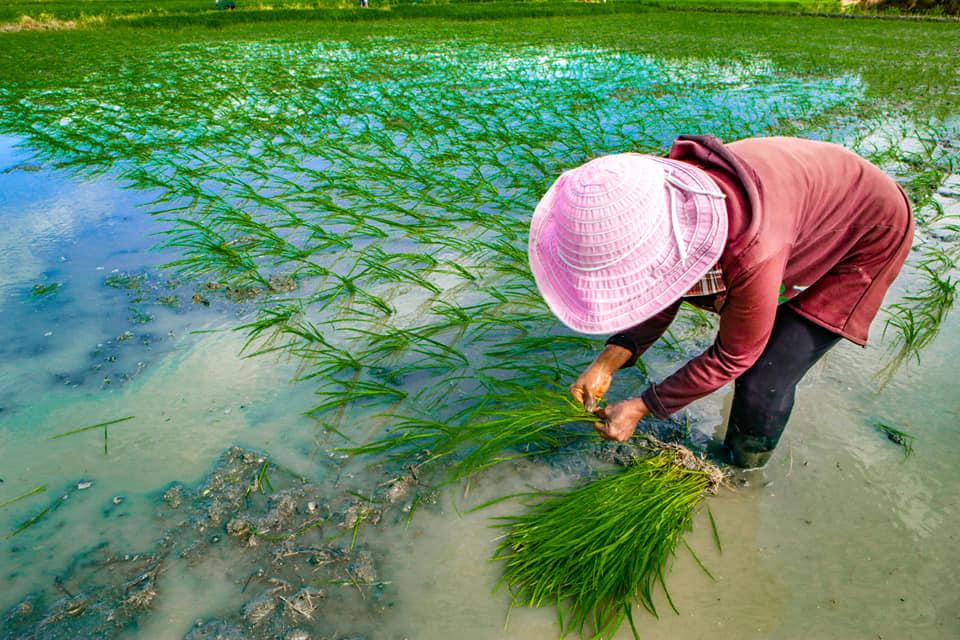
in the areas of research and rice cooperation, resiliency of the agriculture sector, knowledge transfer and trade as well as providing market access for mechanically separated meat (MSM)/mechanically deboned meat (MDM); and (5) Germany, Netherlands, UK - for the promotion of pili nut and other traditional foods as well as negotiation for the continued preferential treatment that the Philippines receives on exported canned tuna and fresh pineapples with the UK, among others.
The COVID-19 pandemic has exposed another major risk to global and local food systems that seriously threatens global and national food security. To ensure food production and mitigate possible food shortages during this critical and challenging times, the DA implemented various food production programs with emphasis on substantially increasing the availability of food staples and other basic agri-fishery commodities. Aside from enhancing support to on-farm production, the Department promoted and intensified community and household food production nationwide.
capitalized on the full-blown of the component activities Rice Competitiveness Enhan (RCEF) to help increase and rice production The RRP wa to reinforce the government stabilization efforts in this ti supply uncertainty. Moreove and urban agriculture initiat intensified in partnership wi from various sectors by esta in schools, barangays, subd lands to enhance the produc crops, among others.
1,225,308 farmers benefited from the distribution of 3,199,460 bags (20 kg/bag) of inbred rice seeds during the wet season (March 15, 2020 to September 15, 2020) and dry season (September 16, 2020 to March 15, 2021) with an estimated area planted of 1,433,869 hectares;
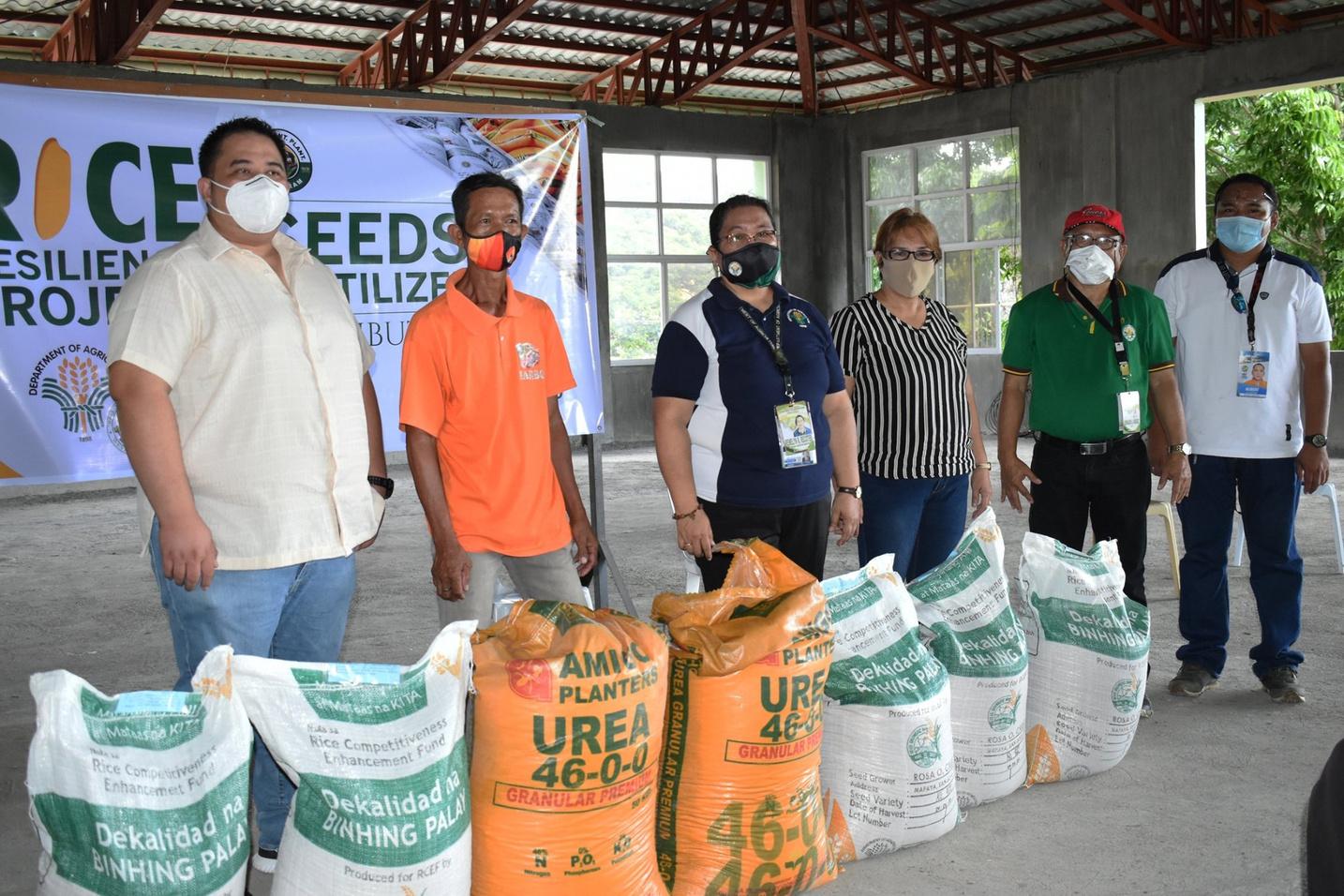
Granted 50 borrower organizations/ cooperatives and 2,560 individual farmers with zero-interest, non-collateral loans amounting to Php402.45 million;
1,361 FCAs received a total of 3,379 units of rice farming machineries and equipment;
Trained 133 specialists, 3,001 trainers, 27,717 farmers and 270 seed growers, inspectors, analysts and other extension intermediaries on the use of various yield enhancing technologies in rice production Established 82 Farm Schools and enhanced 25 Farm Schools; Reached 903,000 participants through th conduct of knowledge sharing and learning events (i e information caravans technical briefings, exhibits, etc.); and Distributed 412,321 copies of IEC materials , conducted six (6) batches of School On the Air, aired 241 radio broadcasts, shared 1,005 social media posts, and reached 565,993 individuals through the RCEF text broadcast.
431,874 farmers benefited from the distribution of 630,985 bags of rice seeds with an estimated area planted of 608,654 hectares;
501,610 farmers benefited from the 1,351,234 bags of fertilizers distributed under RRP’s fertilizer component; and
385,232 farmer beneficiaries were paid a total of Php1 106 billion in reimbursements for the purchase of 2,166,343 bags of fertilizers under the fertilizer reimbursement scheme

121 LGUs and 2,117 individuals benefited from the 2,367 urban/community gardens that were established nationwide; Established 73 Gulayan sa Likod Bahay/Barangay to cater to the numerous requests of farmers’ associations, households and individuals;
Five (5) group beneficiaries benefited from urban/community livestock/poultry farms established and received a total of 1,000 head of native chicken, 350 head of duck, 10 head of sheep, 700 kilograms of starter feeds, 80 kilograms of forage seeds and 400 pieces of forage planting materials; 186 group and 31 individual beneficiaries received a total of 356 aquaponics units from BFAR;
49,017 individuals benefited from the conduct of 319 seminars, briefings, and training activities on various urban agriculture and backyard gardening technologies; and
12,671 participants enrolled and 10,627 graduated from the 26 e-Learning courses related to urban agriculture/farming administered by ATI
distribution of 851,934 kilograms of seaweed propagules; and Strengthened 10 viable seaweed marketing cooperatives operating in different seaweed producing municipalities in Sorsogon, Albay, Palawan, Surigao del Sur, Dinagat Islands and Bohol under the National Seaweed Development Program (NSDP)
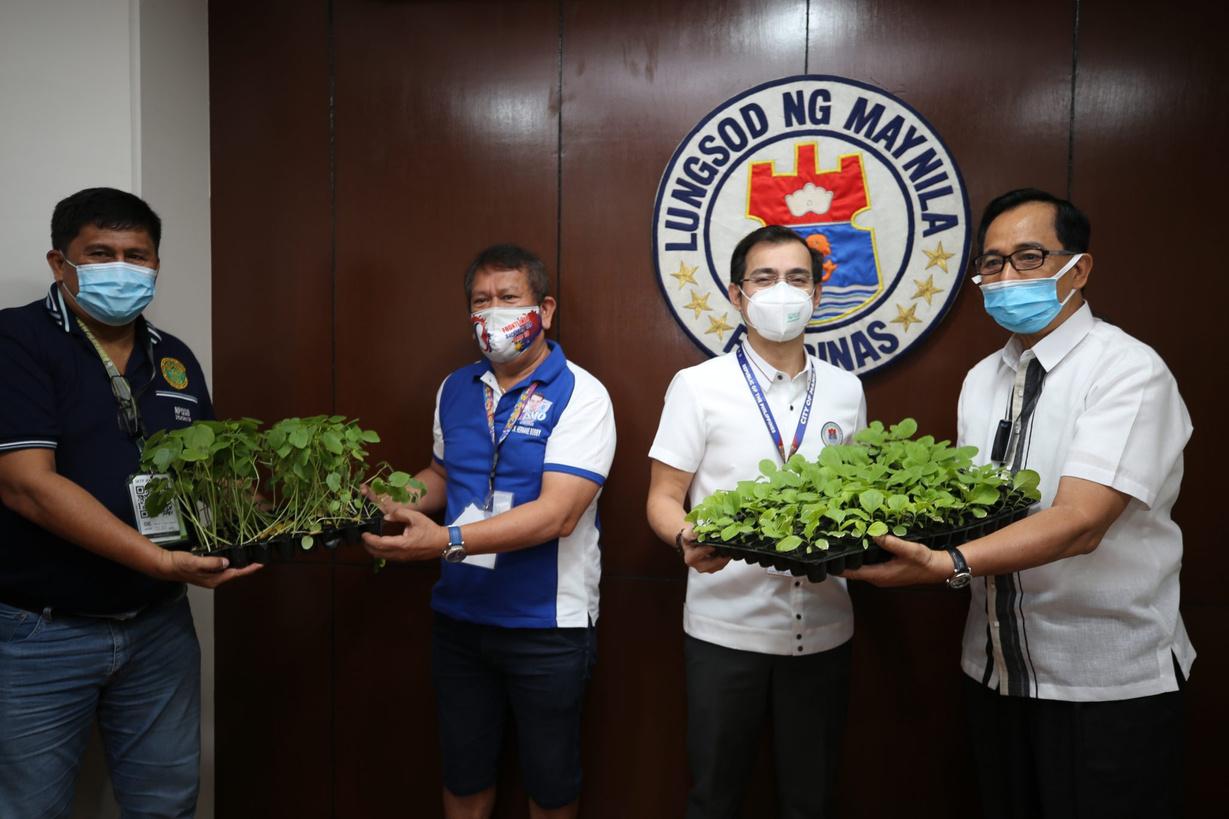
Fisheries and Aquaculture Production Programs. The DA, through BFAR, ensured that good quality and affordable fish and fishery products are available and accessible to the consuming public while ensuring stable income for fishers during and even after the pandemic.
34,586 individual beneficiaries and 2,375 groups/associations benefited from the distribution of 258 4 million fingerlings; 203 individual beneficiaries and 29 fisherfolk associations/groups received a total of 5,734,272 pieces of broodstock from BFAR;

Maintained a total of 39 Mariculture Parks/Aquaparks (18 are located in Luzon, 12 in Visayas and 9 in Mindanao);
14,172 marginal fisherfolk and 239 groups benefited from the 23,507 passive and environment-friendly fishing gears/ paraphernalia distributed by BFAR; and 839 individuals and 68 groups benefited from the 846 fiberglass reinforced plastic (FRP) bancas distributed under the F/B Pagbabago Livelihood Program

Livestock, Poultry and Dairy Production Programs. The Department, through the National Livestock Program, promotes the accelerated growth and sustainable development of the livestock, poultry and dairy sub-sectors through the implementation of cohesive programs to ensure meat, egg and milk sufficiency as well as the prosperity of the local livestock, poultry and dairy farmers.
5,725 individuals and 816 groups benefited from the distribution of 200,039 head of animals;
712 individuals and 278 groups benefited from a total of 6,030,448 doses of biologics vaccines and drugs distributed;
2,952 individuals and 683 groups benefited from the distribution of 229,113 semen straws from genetically superior animals;
34 dairy cooperatives in National Dairy Authority (NDA)-assisted dairy areas across 15 regions received a total of 1,733 imported dairy animals from Australia;
313 head of dairy animals were bought an distributed by NDA to interested dairy farmers and cooperatives nationwide valued at Php28 million under the agency Buyback Program;

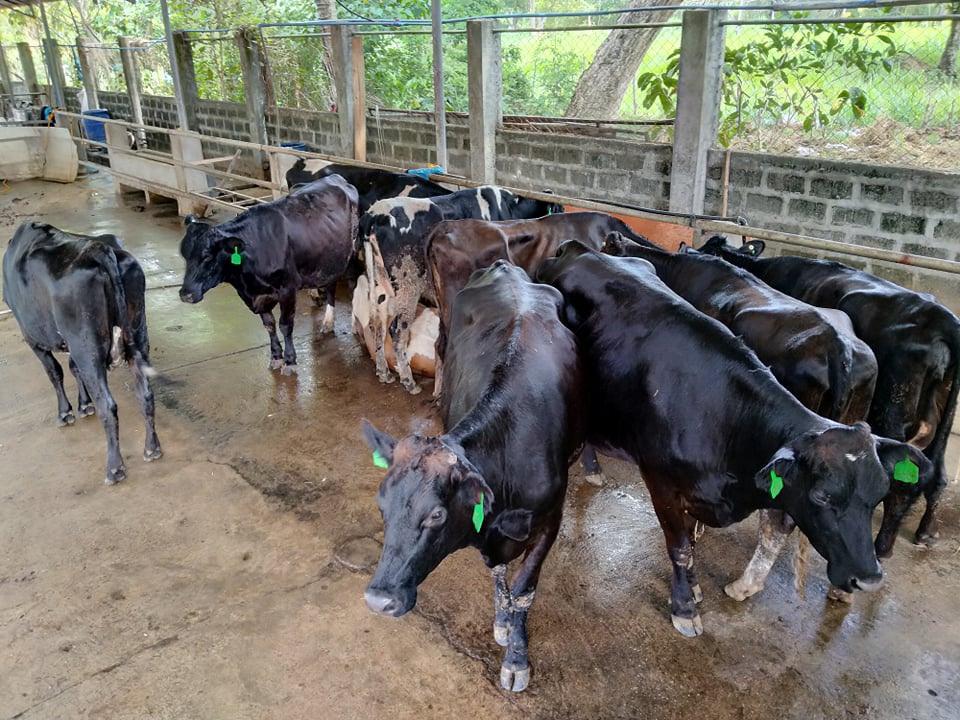
12,129 animals were bred for the year and
9,669 calves produced from previous breeding and upgrading activities; and
2 91% increase in dairy herd reaching
56,562 and a 21 91% increase in number o ilki i l li 13 353
Provided 9,745 displaced farmers, villagebased AI technicians (VBAITs), carabao owners from 312 LGUs nationwide with animals, incentives, veterinary services and technical assistance on crop-forage integrated system for both food and feed production, mechanization, and market support.
Assisted 28,357 FCAs from 284 LGUs nationwide on the promotion of integrated urban agriculture or mixed farming system among dairy farmers It aims to help create additional livelihood opportunities, and enhance food and feed production, availability, and sustainability of supply using the value chain approach.
Completed five (5) meat establishment improvement projects amounting to Php27 million These projects are being operationalized in Opol, Misamis Oriental; Solana, Cagayan; Tandag, Agusan del Sur; Gasan, Mariduque; and Sablayan, Midoro Occidental; and Funded three (3) meat establishment improvement projects in Sta Maria, Ilocos Sur; Sta. Ana, Cagayan; and Santiago City, Isabela amounting to Php22.8 million.
A total of 75,784 individuals and 6,458 farmer groups/associations were provided by the Department, through its programs on rice, corn, high value crops and organic agriculture, with production support services such as good quality and high-yielding seed varieties and planting materials, fertilizer, soil ameliorants, biological control agents, pesticide and other production inputs.
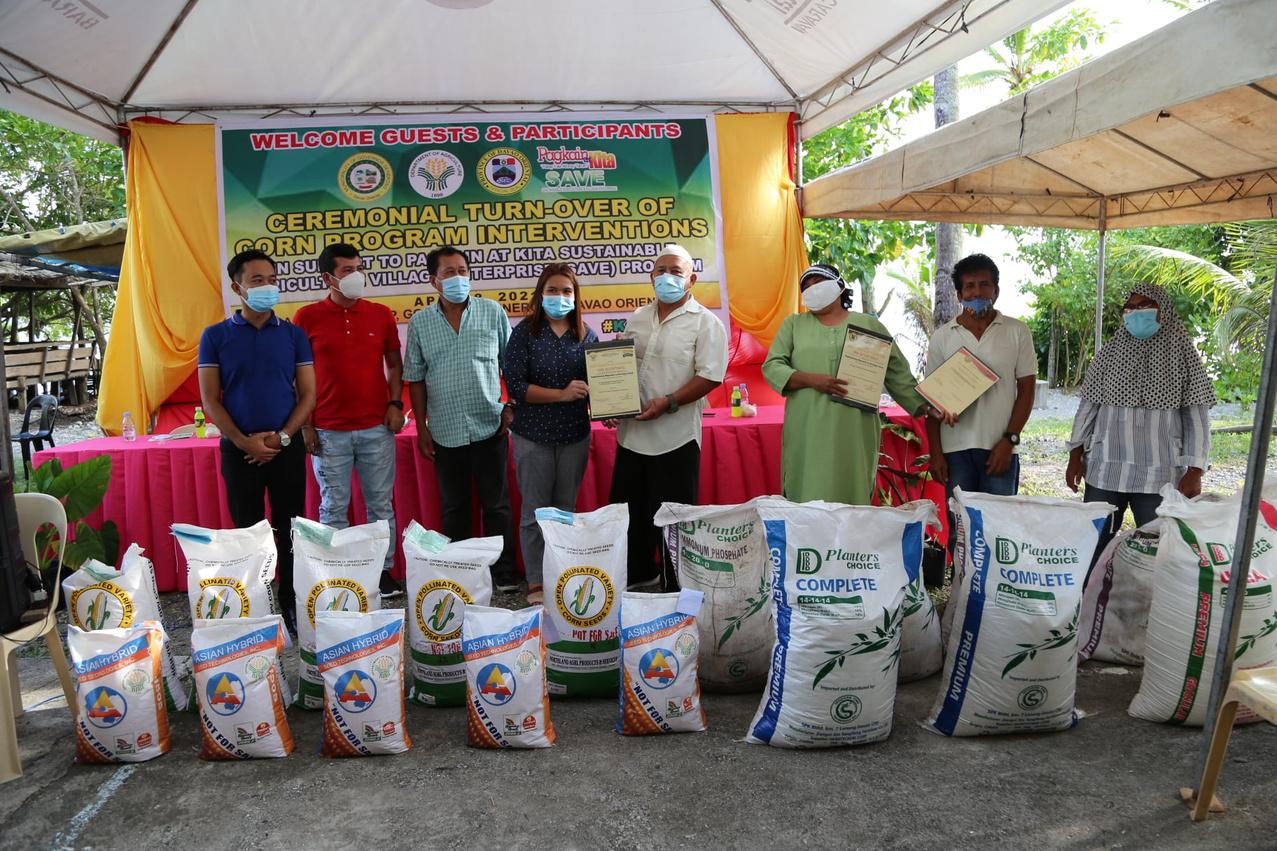
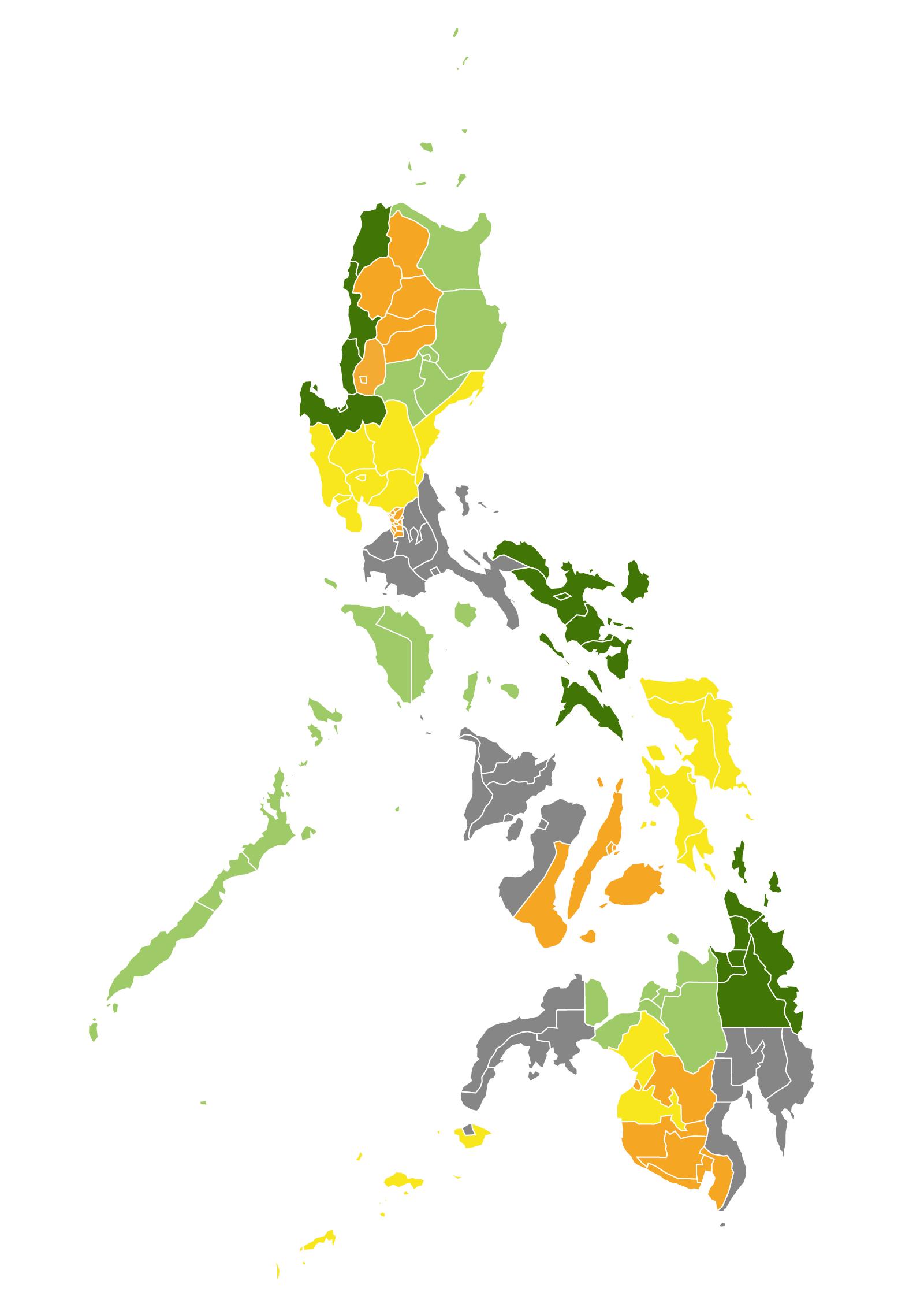
*NationalRice,Corn,Organic,HighValueCropsDevelopment&RegularPrograms
**BeneficiariesofprogramsundertheBureauofPlantIndustry(BPI)
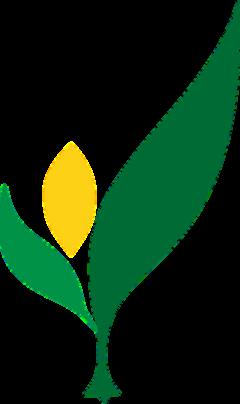
The Department banks on the provision of relevant and timely extension support and training services to intensify the promotion and use of appropriate modern technologies. These interventions aim to help improve the knowledge, attitude and skills of farmers and fishers as well as provide technical advice and information that are critical in increasing their efficiency and production thereby improving the standard of living of farming and fishing communities
In 2020, a total of 48,173 individual farmers and fisherfolk and 38 groups as well as 2,918 LGU extension workers nationwide were capacitated under the various DA programs

Trained 876 farmers and extension workers on Forage and Pasture
Establishment and Management, Advance Artificial Insemination and Pregnancy
Diagnosis, Corn Hydroponics, Silage
Making, Basic Dairy Husbandry, Dairy Herd Management, Food Safety Milk, Handling Hygiene and Sanitation, and Technical
Training on Dairy Goat Farming, among others; and
Provided 20,700 viewers with information on the following topics: How to Start Dairy Farming, Animal Loan Programs, Preparation for the Arrival of Animals, Dairy Herd Build-Up Strategies and Intensified Community-based Dairy Enterprise Development
Online and digital extension and learning platforms. In response to the challenges brought about by the pandemic, extension services continue to evolve As the extension and training arm of the Department, ATI explored various strategies to improve its efforts to bring relevant extension services to agri-fishery stakeholders
24,415 e-Learners enrolled and 20,712 graduated from the 69 online certificate courses offered by ATI.
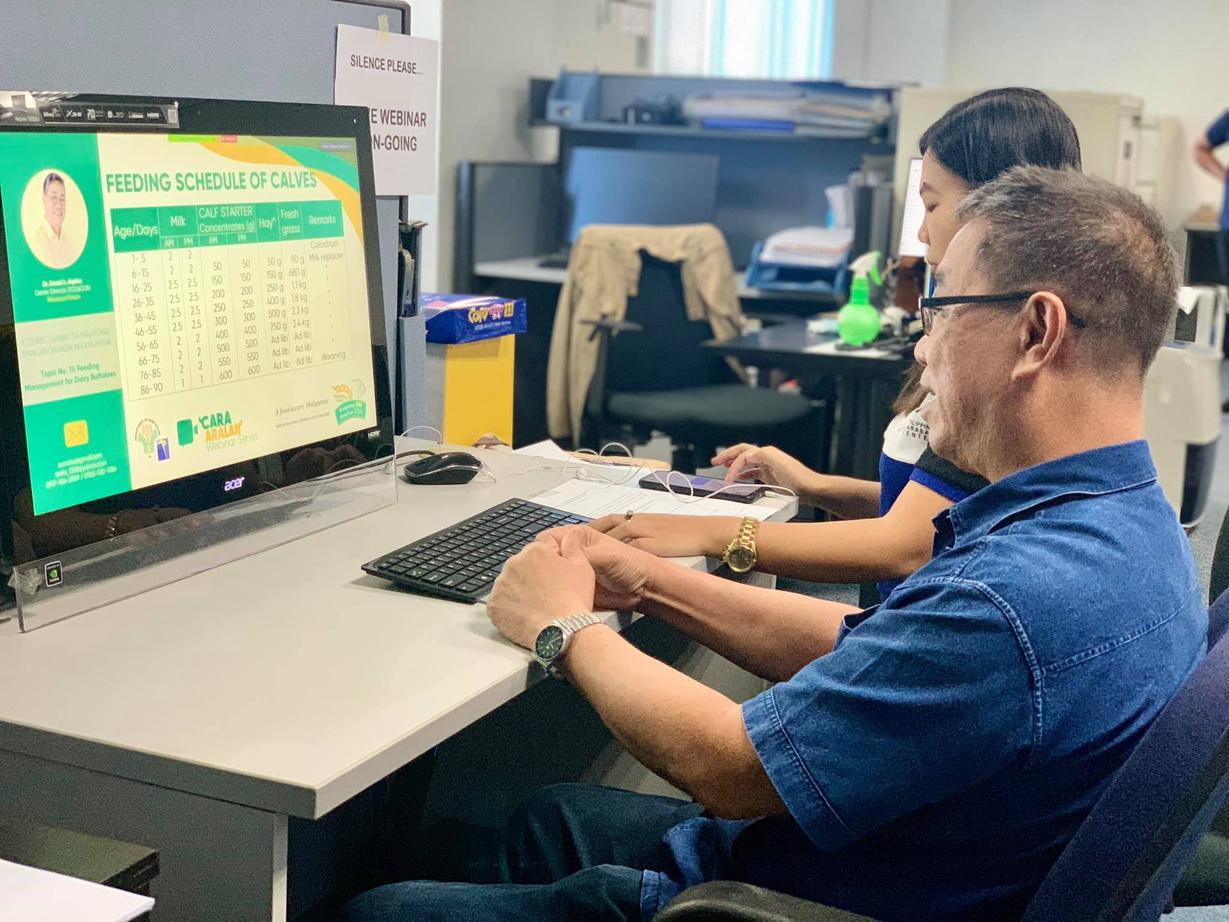
432 farmers and ‘cara-preneurs’ from 62 LGUs nationwide benefited from the elearning initiatives of PCC and were provided with sustained access to IEC materials as well as capacity development opportunities focused on on-farm solutions through the production and dissemination of learning modules in video format and digitized IEC and training materials.
12,134 beneficiaries graduated from the 33 SOA programs conducted nationwide by ATI’s network of training centers in collaboration with local radio stations, Office of the Provincial Agriculturist and Veterinary Office, LGUs as well as SUCs.
Responded to 35,456 queries from 30,488 individuals through voice calls, text messages, e-mails and other online communication platforms such as instant messaging applications and online forum; and Over 4 3 million recipients nationwide received a total of 1,864 broadcasts/ techno tips through the FCC
Programs for the youth. In response to the challenges brought about by the pandemic, extension services continue to evolve As the extension and training arm of the Department, ATI explored various strategies to improve its efforts to bring relevant extension services to agri-fishery stakeholders.
Educational Assistance for the Youth: Degree Courses in Agriculture and Agricultural and Biosystems Engineering (EasyAgri)
Supported 223 scholars under EasyAgri Of which, 159 are enrolled in Agriculturerelated courses and 64 are taking up Bachelor of Science in Agriculture and Biosystems Engineering. They are currently enrolled as freshmen students in various SUCs nationwide with 99 scholars from Luzon, 42 from Visayas and 82 from Mindanao.
Selected 23 young farmers to participate in the YFFLTPJ Program Batch 2020 While waiting for the lifting of the suspension of the validity of visas imposed by the Japanese government due to the pandemic, the participants were trained on Swine Production and Management; Dairy and Beef Cattle Production and Management; Rice Production and Farm Mechanization; Agricultural Crop Production and Management; Nihongo Language Course; Japanese Culture and Customs; and Philippine Culture, Customs and Traditions.
Programs for OFWs. A total of 194 returnee and repatriated Overseas Filipino Workers (OFWs) were capacitated by ATI through the conduct of 47 online and face-to-face training courses on Fruits and Vegetable Processing and Preservation, Home Composting and Plant Food Supplements, Hydroponics, Bio-intensive Gardening, Fish Processing, Urban Agriculture, Pig Husbandry and Swine Artificial Insemination, Duck Raising and Duck-Egg Processing, Beekeeping, Free-range Chicken Production, and Herbs Production, Processing and Utilization, among others. This initiative aims to help OFWs gain new knowledge and skills on various agri-fishery technologies that they can use to kick start new and additional livelihood opportunities in the country
Extension Service Providers (ESPs) and Agricultural Learning Sites. Learning sites serve as ATI’s partners and counterparts at the grassroots level to expand the implementation of extension programs in the country and reach out to more farmers through the “learning by doing” approach.
As of December 2020, a total of 41 Private ESPs (15 at the national and 26 at the regional level) have been accredited by ATI. Of these, six (6) new ESPs were accredited in 2020
A total of 97 Schools for Practical Agriculture (SPA) and 1,249 Learning Sites for Agriculture (LSA) were certified by ATI as of December 2020 Of these, a total of 17 SPAs and 339 LSAs were accredited in 2020
 Young Filipino Farm Leaders Training Program in Japan (YFFLTPJ)
Young Filipino Farm Leaders Training Program in Japan (YFFLTPJ)

The availability of critical infrastructure and improving the level of mechanization in farming are imperatives to increasing agricultural productivity and income This is one of the major endeavors of the DA so that Philippine agriculture attains a level of competitiveness comparable to that of our Asian neighbors The Department intensified the provision of support for the increased use of science-based farming and good agriculture practices, promotion of better access to technology in the production, processing, and handling of agriculture and fisheries produce, use of technological innovation to solve problems, promotion of entrepreneurship, and the use of enhanced farm management organization. This reinforces the modernization and industrialization thrusts introduced under the new thinking for agriculture which are imperatives to increasing agri-fishery productivity and doubling the income of farmers and fisherfolk.
414 individuals and 183 groups benefited from the distribution of 1,242 fisheries postharvest equipment and eight (8) fishmarts from BFAR; Three (3) postharvest facilities were maintained by BFAR, namely: Fish Processing Laboratory, Seaweed Processing Laboratory and Fishery Products Laboratory in Quezon City; Five (5) processing plants were maintained by BFAR to cater to the post-harvest and value-adding activities of fishing communities in Pangasinan, La Union, Bulacan, Camarines Norte and Camarines Sur; and 418 Community Fish Landing Centers (CFLCs) were operationalized nationwide, and 252 CFLCs were completed but targeted to be operationalized in 2021. CFLCs serve as landing and fish trading hub for artisanal fisherfolk and training center for fish processing, value adding, and conservation and protection of the fisheries resources
5,393 groups and 256 individuals benefited from the establishment of 2,176 production facilities, construction of 104 postharvest facilities, and distribution of 4,976 production-related and 38,579 postharvest machinery and equipment through DA’s programs on rice, corn, livestock, high value crops and organic agriculture;
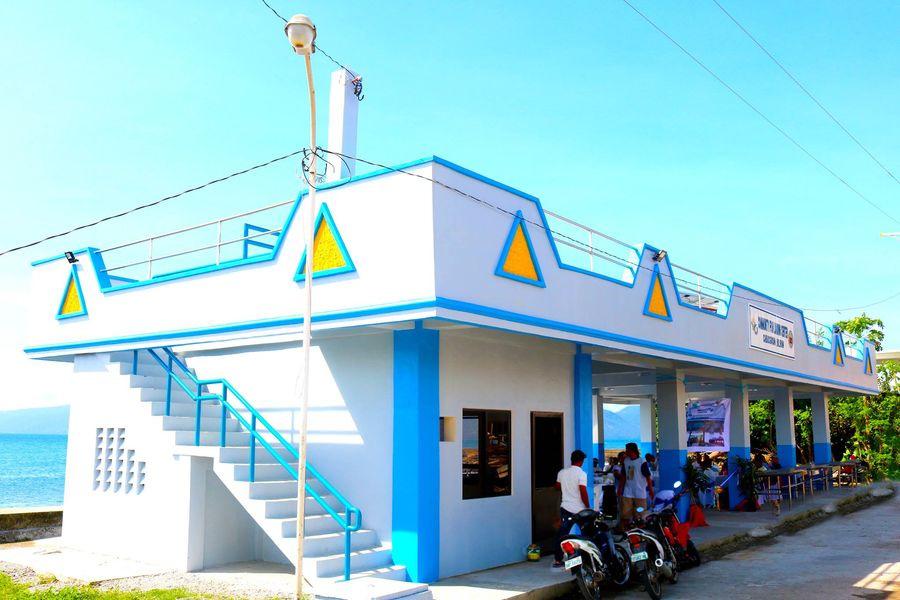
Irrigation Network Services (INS) SubProgram. The DA continues the implementation of small-scale irrigation projects (SSIPs) through its RFOs and the Bureau of Soils and Water Management (BSWM).
987 groups and 113 individuals benefited from the distribution, construction and rehabilitation of 1,254 SSIPs as well as construction and rehabilitation of 19,234 linear meters of irrigation canal that generated and restored a total of 5,715 hectares of service area; and Organized/reorganized and capacitated 43 Small Water Irrigation System Associations (SWISAs)
Farm-to-Market Roads (FMR) Network Services Sub-Program. The Department, through the FMR Development Program (FMRDP), Bureau of Agricultural and Fisheries Engineering (BAFE) and RFOs, closely coordinates with the DPWH, in the implementation and post-implementation phases of FMR projects.
19 FMR projects out of the 358 funded in 2020 have been completed amounting to Php239 million with a total length of 20.241 kilometers;
303 projects are already in the construction phase; and
BAFE spearheaded the crafting and finalization of the following: (1) Revised General Guidelines on DA FMRDP Implementation; (2) Amendments to the Philippine Agricultural and Engineering Standards (PAES) on FMRs specifically on standards adoption and enforcement; and
(3) DA-DPWH Joint Memorandum Circular providing the implementing guidelines for the strengthening and establishment of the Agricultural and Biosystems Engineering Groups of the LGUs, among others.
Leased out four (4) ice plants and cold storages to the private sector located in the provinces of Masbate, Negros Occidental, Sultan Kudarat, and Surigao del Norte.
Inaugurated the milk processing plant, with a capacity of 300 liters of milk a day, which was awarded to Mallig Dairy Cooperative in Isabela on June 27, 2020. Distributed 175 head of dairy cattle in the municipalities of Mallig and Cabagan; and Inaugurated the Milkybun Production Center at the PCC National Headquarters and Gene Pool, Science City of Muñoz, Nueva Ecija on September 16, 2020 The newly inaugurated processing center, which is under the management of Catalanacan Multipurpose Cooperative (CAMPC), will be used for the mass production of Milkybun. It will also be an avenue for the processing of farmers' milk products, a training facility for aspiring cara-preneurs, and an additional source of income for the cooperative, among others.

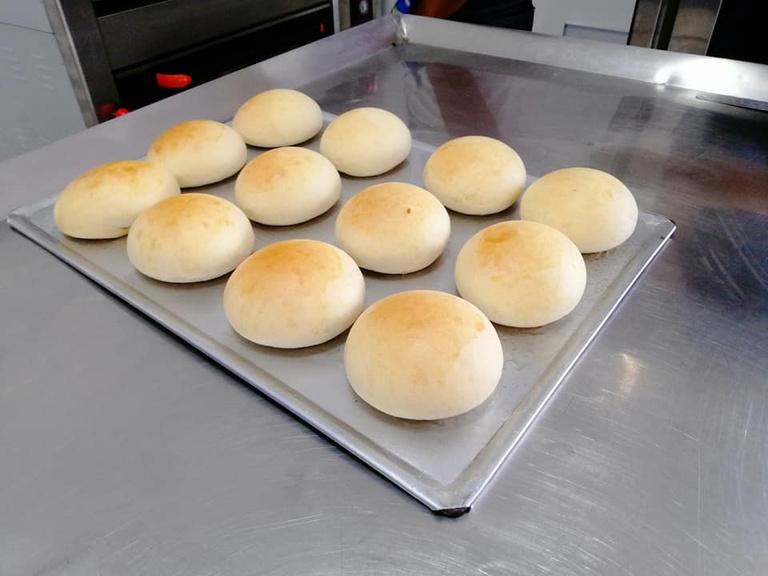


Maintained the operation of nine (9) Regional Fish Ports (RFPs) namely, Navotas, Iloilo, Zamboanga, Camaligan, Lucena, Sual, Davao, General Santos, an Bulan Fish Ports;
Completed the rehabilitation of two (2) RFPs (Navotas Fish Port Complex and Bulan Fish Port);
Completed two (2) fish ports in Dolores, Eastern Samar and Sta. Monica, Surigao del Norte; and
Coconut. The Philippines is one of the top producers of coconut and coconut products in the world making it the biggest exporter of coconut oil worldwide In 2019, the PSA reported that Philippine coconut production reached 14,765.06 thousand MT which accounts for a 0.3% annual growth rate. To sustain this, the Philippine Coconut Authority (PCA) strengthened the following productivity management programs in order to provide a holistic approach in the delivery of interventions at the farm-level and establish a well-managed production system that is responsive to industry demands.
However, with the impact of COVID-19 and in spite of the additional support provided by PCA to coconut farmers, volume of coconut production in 2020 decreased by 1 8% at 14,492 31 thousand MT The contraction, however, is minimal compared to the 6 2% decline recorded in 2016
24,337 coconut farmers benefited from the fertilization of 3,043,300 coconut trees covering about 30,433 hectares The project aims to make fertilizer materials readily available to coconut farmers to address the problem on low coconut production. It involves the rehabilitation of fruit bearing coconut trees that are less than 50 years old, with relatively high chances of increased commercial value of production, through the application of appropriate inorganic fertilizers.
Field planted 8,630,719 seedlings by 43,730 farmer-participants covering 66,916 hectares of coconut lands; Provided a total of Php270 7 million in monetary incentives to project beneficiaries; and Produced 3,088,963 good seedlings out of the 5,444,582 seednuts sown by 29,155 farmer-participants.
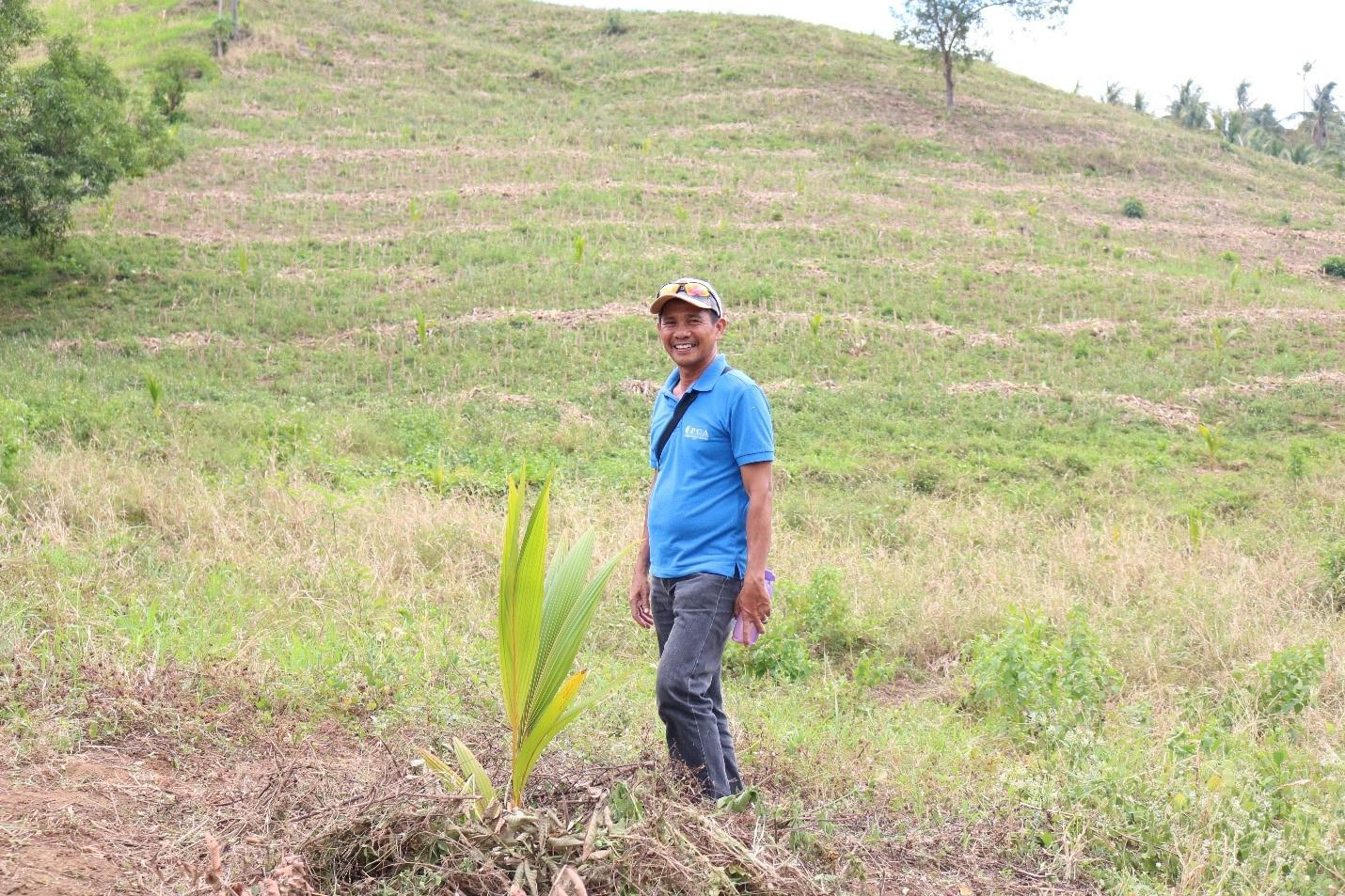
Established 11 seed farm sites nationwide with an aggregate area of 124.0 hectares and a total of 21,229 seedlings planted; and
Identified three (3) additional seed farm sites in Torrijos, Marinduque, Labo, Camarines Norte and Calbiga, Samar in 2020 with a total area of 38.0 hectares. This aims to establish small village-based facilities that will serve as potential source and supply of good quality seednuts or seedlings that can be made available for planting to sustain future planting and replanting projects of the PCA
Engaged 7,125 coconut farmers in intercropping with vegetables, corn, sweet potato, cassava and banana covering 8,795 85 hectares Fertilizer subsidy was provided by PCA to project beneficiaries to ensure crops’ early productivity and ample harvest.
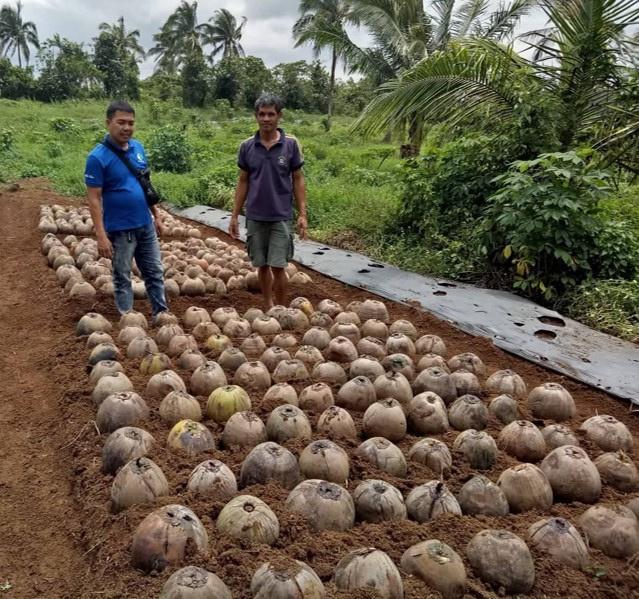
Sugarcane. Sugarcane production in 2019 contracted by 16 2% In 2020, PSA reported that sugarcane production started to pick up and improved by 17 8% at 24,398 94 thousand MT Pursuant to RA 10659 or the Sugar Industry Development Act (SIDA), the Sugar Regulatory Administration (SRA) spearheaded the implementation of the following programs to promote the competitiveness of the sugarcane industry and maximize the utilization of sugarcane resources.
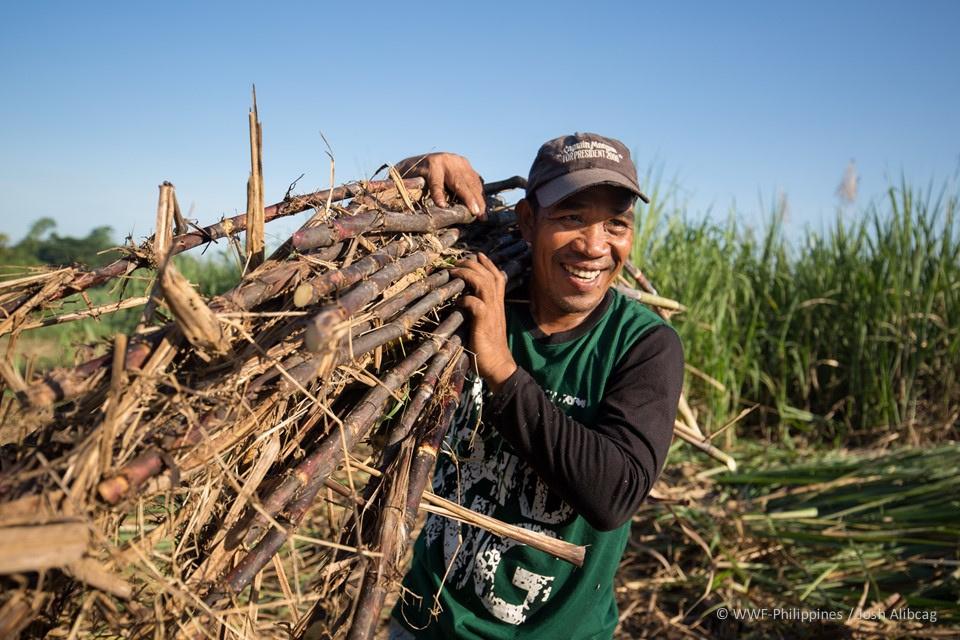
Other Programs:
Distributed 42,024,758 pieces of highyielding canepoint varieties to 580 beneficiaries nationwide; Distributed 120,125 micropropagated plantlets to 20 clients;
29,278 Trichogramma strips, which is cheaper than chemical agents, were accessed by 65 sugarcane farmers/planters;
Analyzed 3,068 soil samples for a total of 1,709 planters/farmers/block farm enrollees; and
Capacitated/oriented 1,809 sugarcane farmers on Sugarcane Farm Management and Financial Literacy, Socialized Credit Programs, Plant Age Determination, and various Outreach Program for the Sugar Industry Seminars, among others.
Abaca. Also internationally known as Man hemp, is endemic to the Philippines The Philippines dominates the global abaca production and trade as the country supp about 87 5% of the world’s abaca fiber requirements In 2019, abaca was planted
132,370 hectares with production reachin 70.95 thousand MT and expanding by 1.0 This year, however, level of production contracted by 1.7%. To help bring the industry back on its development track, t Philippine Fiber Industry Development Authority (PhilFIDA) provided the followin inputs and services:
Provided 1,813 individuals and 94 grou with a total of 1,417,468 pieces of abaca planting materials; Assisted 182 coconut farmers in establishing 113 hectares of abaca plantation in coconut areas under the Expansion of Abaca under Coconut Farm Program in collaboration with PCA;
1,173 farmers were assisted in the expansion or opening of 1,287 hectares of new abaca farms, and 846 farmers in rehabilitating 889 hectares of abaca farm mostly in Luzon and Mindanao areas;
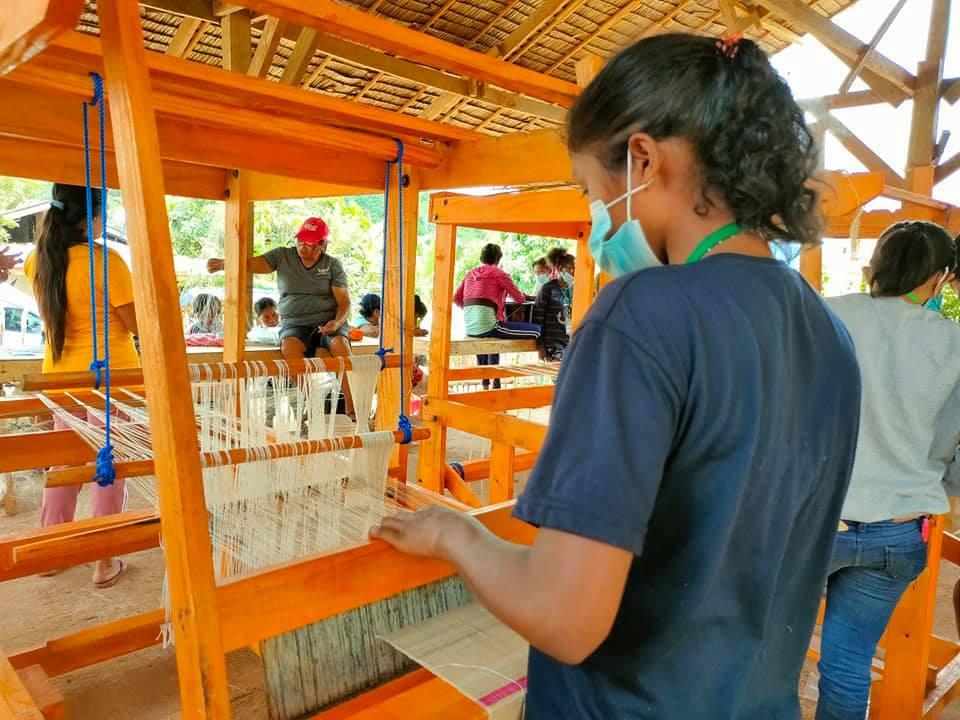

2,161 fiber crop farmers were capacitated/oriented on basic handloom weaving, GAP, and fiber crop production, harvesting, extraction, grading and classification, among others; and 31 fiber crops and related researches as well as eight (8) research projects on fiber processing and utilization were conducted.
Cotton. In 2019, the volume of cotton imported by the country reached 17,131 MT which accounts for 99.87% of the country’s gross supply with local production only contributing a meager 23 MT In terms of production area and volume, prospects for the cotton industry are not as promising with production areas decreasing by 47 6% and production volume contracting by 14 8%
Aside from abaca, revitalizing the cotton industry in the Philippines is one of the priorities of PhilFIDA in order to arrest its decline and harness the indutry’s full market potentials
Involved 255 farmers in the establishment of 257 hectares planted with cotton in Ilocos, Pangasinan, Nueva Ecija, Saranggani and South Cotabato; Provided 28 portable water pumps to different cotton farmer groups nationwide to help reduce production cost; and Harvested a total of 135 27 metric tons of seed cotton in PhilFIDA-assisted areas with a total of 709 81 hectares
Other fiber crops
Established 23 588 hectares of sisal plantations in Isabela, Siquijor, Cebu and Bohol; and
Established 10 hectares of salago plantations in Negros Oriental and Siquijor.
Rubber. According to the latest data from PSA, rubber still remains to be one of the country’s top export commodities with a total of 125 0 thousand MT exported to major Asian markets such as Malaysia, China, Korea, India and Vietnam valued at $81 32 million. This year, value of rubber exports increased by 23%. However, local rubber production registered a year-on-year decline of 2.2% in 2020 at 422.3 thousand MT.
In line with its mandated to initiate and administer research and development programs to improve quality and increase productivity of rubber especially for the benefit of smallholder rubber producers and processors, the Philippine Rubber Research Institute (PRRI) accomplished the following:
Developed two (2) technologies, namely:
(1) Best Performing Rubber Clones and its Morphological Characteristics during Juvenile Stage which tested the morphological characteristics and growth performance of (39) rubber clones; and (2) Soil Conservation Pits Applied with Organo-Inorganic Fertilizers on Matured Rubber Plantation which enhance plant nutrient and water conservation, control runoff and reduce erosion in rubber farming in the Philippines; Spearheaded the commercialization of the following matured technologies derived from the result of rubber research and development activities: (1) Rubber-based Farming System: Crop + Livestock Integration and (2) Rubber-based Farming System: Rubber + Crop + Livestock
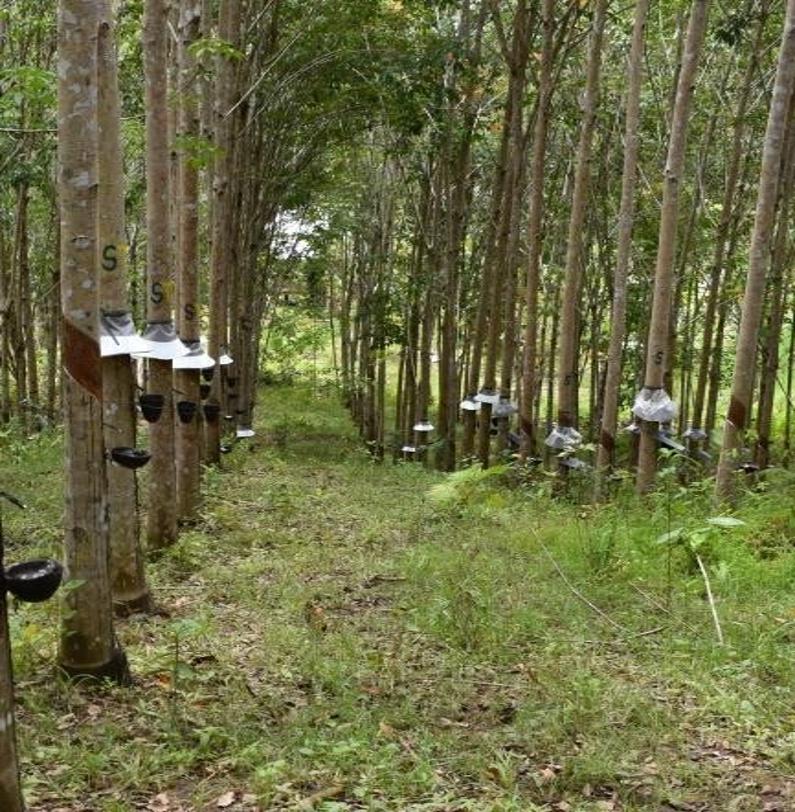
Produced rubber budded seedlings and distributed 17,588 quality planting materials to 16 groups in the provinces of Zamboanga del Norte, Zamboanga del Sur and Zamboanga Sibugay; Capacitated a total of 385 rubber farmers on (1) Leadership Skills and Organization Management; (2) Rubber Nursery and Plantation Establishment and Management; and (3) Processing of rubber raw products; and
Implemented two (2) production-related research and development activities in Zamboanga Sibugay are ongoing, namely:
(1) Performance of International Rubber Research and Development Board (IRRDB) Exchange Clones under Nursery Condition, and (2) Influence of Different Coagulants on the Quality of Rubber Sheets
Tobacco. In 2019, the production area and volume of tobacco increased by 0 2% and 1 3%, respectively Tobacco, both unmanufactured and manufactured, also retained its position as one of the country’s top agricultural exports combining for a total of 78.06 thousand MT valued at $466.08 million. The positive growth in the tobacco industry was sustained in 2020 with production volume improving by 1.6%.
To ensure the continued, balanced and integrated growth and development of the tobacco industry, as well as improve the economic and living conditions and raise the quality of life of the tobacco farmers, the National Tobacco Administration (NTA) implemented the following:
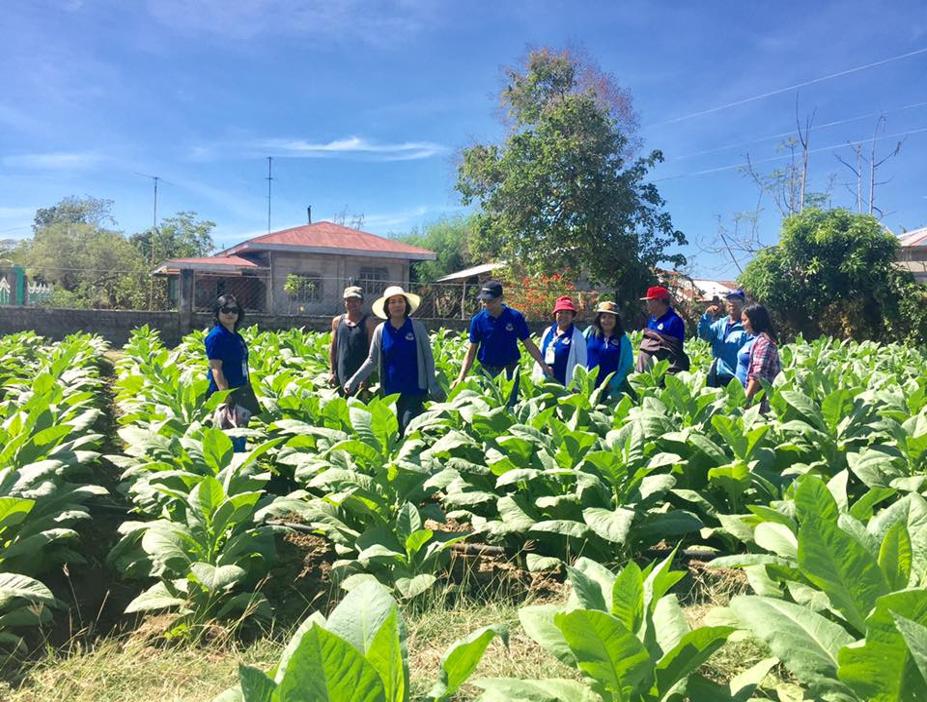
Production subsidy/assistance:
Tobacco Contract Growing System - 7,131 tobacco farmers tilling an aggregate area of 4,657 hectares were provided with production assistance/subsidy worth Php164 million for Crop Year 2019-2020 While for Crop Year 2020-2021, a total of 3,028 farmers in CAR, Region 1 and 2 covering 1,312 hectares were provided with production assistance/subsidy under NTA-LGU financing amounting to Php113.5 million; and
Rice Production Project - 3,531 farmercooperators with an area of 2,828.5 hectares in Regions 1, 2 and CAR were assisted and granted production assistance/subsidy worth Php4 in support to the rice self-suffi program of the government.

2,253 farmer-members from 28 CAR and Region 1 availed of th mechanization assistance for t acquisition of 4-wheel tractors tillers with a total service area hectares.
Conducted three (3) studies on alternative uses of tobacco, na Scale Up Production and Demo Trails on the Use of Tobacco L Ointment against Diseases of A Tobacco Handmade Paper Pro Technology Enhancements and of Novelty Items; and (3) Spent Tea Leaves and Tobacco Dust as Additive to Plywood Adhesive;
Issued 143 regulatory documents for redrying, preliminary processing of tobacco leaves, manufacturer accreditation, and import and export regulation; and
Prepared the Implementing Guidelines on the Online Applications of regulatory documents through the Trade.Net Interconnectivity - a single online platform initiated by the Department of Finance (DOF) that aims to streamline government processes.
These programs aim to: (1) provide marginal small farmers and fishers and agri-fishery based micro and small enterprises (MSEs) affordable credit windows to finance their capital requirements, and provide credit assistance for the immediate rehabilitation and restoration of agricultural and livelihood activities damaged by disasters and calamities; (2) extend innovative and clientresponsive insurance packages to stabilize the income of agricultural producers and promote the flow of credit in the countryside; and (3) provide social amelioration and cash assistance to marginal farmers and fisherfolk who were severely affected by the pandemic
Agricultural Insurance Programs. The Philippine Crop Insurance Corporation (PCIC) implements the Agricultural Insurance Program (AIP) of the Department with the ultimate goal of increasing the financial risk protection for agricultural producers Towards this end, the government’s lead agricultural insurer offers an array of agricultural insurance lines
Provided 3,006,575 farmers and fisherfolk with a total insurance coverage of Php91.054 billion; Insured crop area totaling to 2.23 million hectares (64.4% for rice, 21.3% for corn and 14.3% for high-value crops); and Paid a total of Php3.370 billion in indemnity to 585,940 insured farmers and fishers.
Expanded SURE Aid and Recovery Project (SURE COVID-19)
Granted Php1 992 billion in loans to 48,308 small farmers and fisherfolk (SFFs) and 141 MSEs/farmers and fisherfolk organizations (FFOs) nationwide This is to support the emergency and capital needs of SFFs and MSEs/FFOs whose livelihoods and incomes were affected by the COVID-19 pandemic
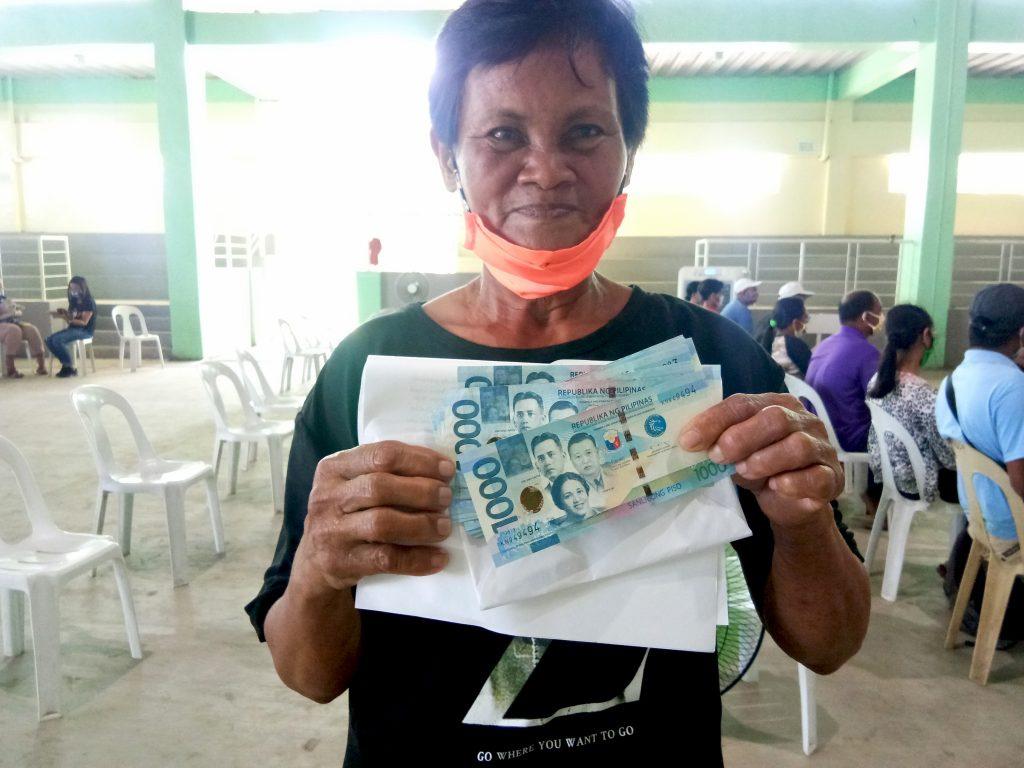
Granted Php470 28 in loans to 29,299 SFF under the various post-disaster loan facilities of ACPC
January - December 2020
Source: ACPC
This is ACPC’s umbrella loan program for postdisaster recovery On top of the regular SURE Program, ACPC also developed SURE Hogs for backyard hog raisers whose stocks were affected by the ASF outbreak, SURE Aid Taal for SFF whose livelihoods were adversely affected by the Taal Volcano eruption, and SURE Aid Palay for small rice farmers whose incomes were affected by the drop in the farm gate prices of palay after the enactment of the RTL.
Granted Php208 9 million in loans to 5,527 SFFs and 11 FFOs/MSEs during the pilot year of ANYO – a loan facility that aims to finance the income-generating agri-fishery activities and working capital and/or fixed asset acquisition requirements of individuals/sole proprietors, partnerships, corporations, and cooperatives whose owners or members are marginal or small farmers and fisherfolk.
Granted Php4 35 million in loans to 14 young agripreneurs or ‘yaggies’ during KAYA’s first year of implementation The program aims to encourage the youth to engage in agriculture and enter into agrirelated ventures by setting up a loan facility that will help finance capital requirements of start-up or existing agribased projects of young entrepreneurs and agri-fishery graduates.
Social Amelioration Programs. The Department provided cash assistance of Php5,000 to a total of 1,065,836 rice farmers most affected by the RTL, through the following:
A total of 529,717 beneficiaries in 33 provinces have claimed their cash assistance equivalent to Php2 65 billion The qualified beneficiaries under the program are smallholder rice farmers whose farm sizes range from 0 5 to 2 hectares
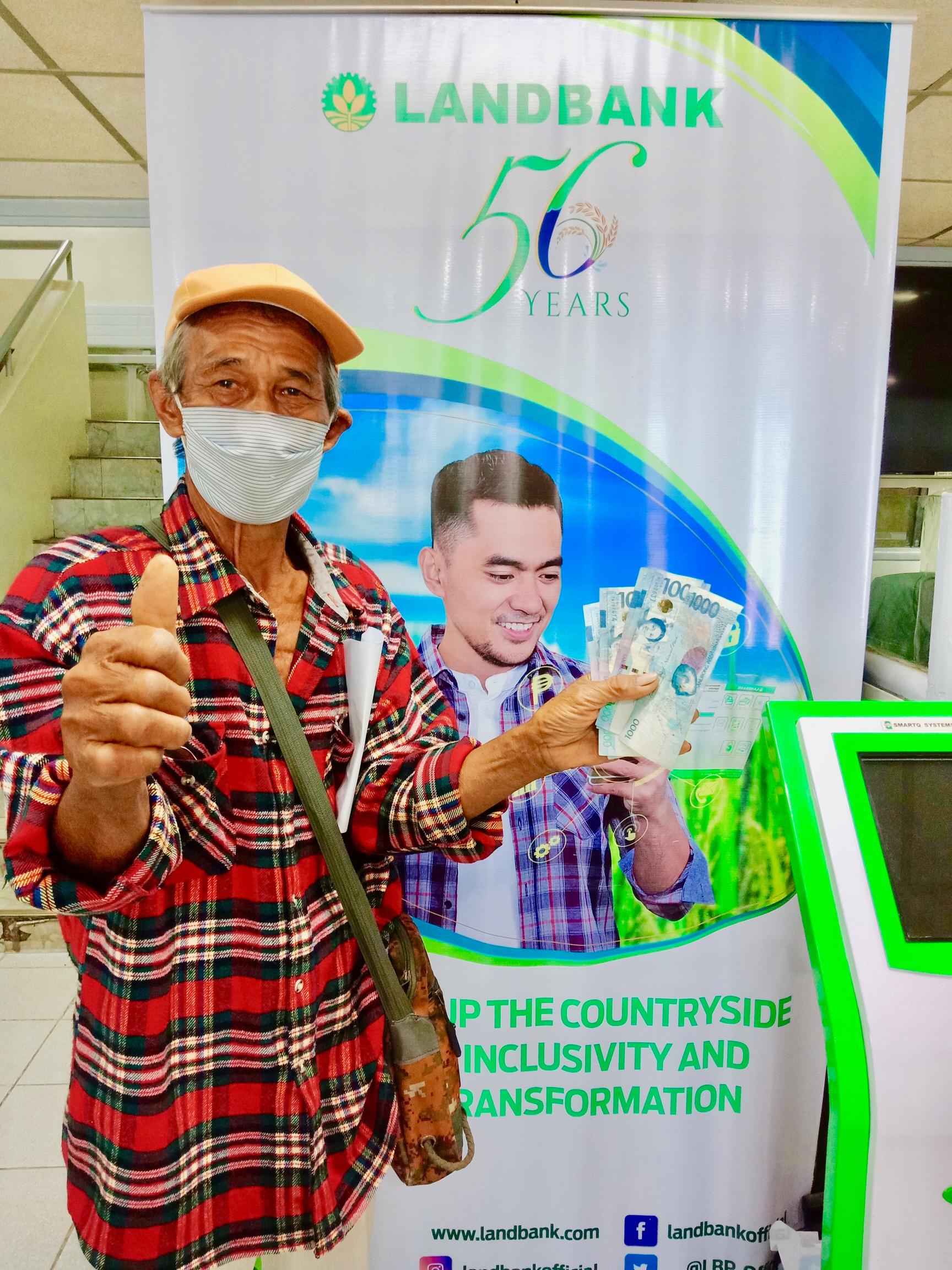
A total of Php2.68 billion in cash assistance were distributed to 536,119 farmers. This is another assistance program that caters to rice farmers who are planting one (1) hectare or less located in 34 provinces not covered by the RFFA program.
For 2020, the Department has implemented 56 projects amounting to Php91 49 billion, Of these, 25 are financed through foreign grants and loans while 31 are funded by the government amounting to Php60 87 billion and Php 30 62 billion, respectively
The Special Projects implemented by the Department offers a wide-range of interventions and services such as conduct of research and development, conduct of capacity building activities with technology transfer, development of decision support platforms, provision of rural infrastructure, support to agri-fishery enterprise development, and protection and rehabilitation of agricultural and coastal areas, among others. These initiatives are aligned and support the Department’s twofold objectives of increased productivity and incomes towards a food-secure and resilient Philippines
Flagship Projects. Below are the highlights of accomplishments of two (2) of the Department’s flagship projects:
114 proponent groups (PGs) with 14,157 farmers and fisherfolk members benefited from 69 completed rural enterprise subprojects (SPs) nationwide; and 107,644 households benefited from the completion of 68 rural infrastructure SPs. These include 46 FMR, FMR with bridge and bridge SPs with a total length of 536 kilometers and 340 linear meters; three (3) Communal Irrigation Systems (CIS) servicing 1,024 hectares; four (4) Potable Water Systems (PWS) covering 926 households; and 15 other infrastructure SPs (i e postharvest facility, warehouse, etc ) The results of the PRDP Midterm Evaluation Study completed in March 2020 revealed that the interventions provided to project beneficiaries resulted in a 31 0% reduction in travel time in the transport of agricultural produce, 25.4% reduction in transport cost,
51 0% increase in the value of marketed output, 36 0% increase in the real household income of farmer and fisherfolk beneficiaries with a notable 113 0% increase among enterprise development project beneficiaries and other socioeconomic benefits such as improved access to health services, schools, job generation and livelihood opportunities.

Approved Projects under Official Development Assistance (ODA). The Department facilitated the approval of the following eight (8) projects:
Scaling-Up of the Second Cordillera Highlands Agricultural Resource Management (One-year Extension);

PRDP- (Two-year Project Extension for Utilization of Foreign Exchange Gain);
Improving Smallholder Coffee Farming Systems in Southeast Asia (PhilCoffee+);
Farm Mechanization Program for Small Sugarcane Landholders;
Establishment of Philippine Pork Carcass Grade Standards using Yield and Quality Parameters;
Development of Halal Livestock Production Systems in Mindanao;
Establishment of Smart Greenhouse and Capacity Building in the Philippines; and
15,229 individuals and 852 groups benefited from the 373 livelihood projects on rice, corn, high value, livestock, poultry and fisheries implemented in the 30 poorest provinces of the country SAAD was recognized by NEDA Region VIII as a vital contributor in the significant reduction of poverty incidence in the region with the program being implemented in five (5) provinces in Eastern Visayas, namely Leyte, Southern Leyte Samar Eastern Samar and Northern
Policy-based Loan (PBL): Competitive and Inclusive Agriculture Development Program (CIADP).
Projects Approved by the DA-Wide Project Clearinghouse System
Approved 13 projects amounting to over Php121 billion and endorsed to the NEDAICC, Development Partners as well as other oversight agencies for evaluation and approval. These projects include the following: request for time extension of the implementation of the FishCORAL Project, the second additional financing for PRDP (AF-2), Philippine Fisheries and Coastal Resiliency Project, Philippines-Israel Solar Powered Fertigation (PSF) Project, Support to the Establishment of RCEF Impact Monitoring System, and Expansion and Improvement of the General Santos Fish Port Complex, among others; and 11 projects with an aggregate amount of Php11 11 billion are in the various stages of evaluation process
Climate Resilient Agriculture (CRA) Program. The DA Climate Resilient Agriculture Office (CRAO) was institutionalized to provide strategic direction and oversight in mobilizing DA resources and capacities towards achieving the DA’s CRA agenda The CRAO oversees the provision of coordinated and responsive support services in the establishment and expansion of the Adaptation and Mitigation Initiative in Agriculture (AMIA) villages at various levels as well as the transformation of livelihoods into viable CRA enterprises Some of the notable accomplishments of the program include:
Established 77 AMIA villages nationwide. Of these, 20 were established in partnership with the Rice Watch Action Network;
Completed 44 provincial Climate Risk and Vulnerability Assessment (CRVA) maps and 21 CRVAs at various stages of development; and
Conducted three (3) batches of online Training-Workshop on the Development of Farm and Fishery Advisories based on Climate and Weather Outlook participated by 110 technical staff from the RFOs,
Research for Development (R4D) Program. The program plays an integral role in substantially increasing agricultural productivity and in the attainment of the overarching objectives of increasing agriculture sector income and meeting the food requirements of the country’s continually increasing population. Along this line, agencies under the DA with core mandates on research and development, have funded and implemented various R4D initiatives aimed at fostering innovation and productivity growth in Philippine agriculture.
Funded 86 R&D activities which includes Basic, Applied, Policy and Communitybased Participatory Action Researches (CPAR) as well as activities under the Bureau’s National Technology Commercialization Program (NTCP), and 184 R&D projects of banner programs (rice, corn, HVC and organic agriculture); Funded the establishment and upgrading of 11 research facilities; Developed 44 technologies on rice, corn, cassava, high-value crops, and organic agriculture;
Commercialized 11 technologies on cacao, native pigs, coconut water processing, seaweeds and hydroponics, among others; Facilitated the application of Intellectual Property Rights (IPR) of four (4) technologies;
Funded 19 R&D projects in crops and aquaculture and fisheries under the Resiliency Response Research for Development (3R) Program in support to the government and the Department’s strategy to reboot the agri-fishery sector; and
Funded 10 R&D projects under the expanded food products and technology upscaling which works towards the upscaling of food products developed under the National Technology Commercialization Program for the development of new viable and robust agri- enterprises and further optimize existing ones.

Developed and technologies o Maliputo, Red and cage, Com Shark, Rainbow Pacu, Tinfoil B Japanese Koi, Fighting Fish, cucumber, and Swimming Cra Generated 13 from the cond include the res and scientific commercial st Lamon Bay (tw species), and species) for so and list of spe Control Rules
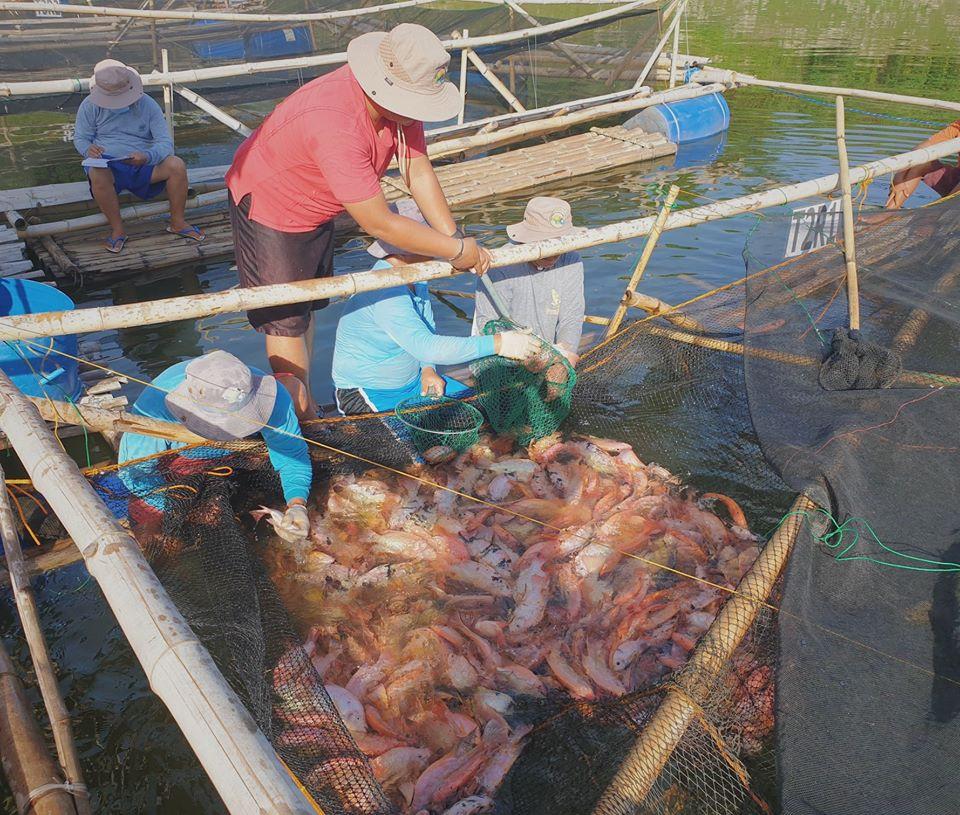
data from 940 National Stock
Completed the development of 10 technologies comprised of six (6) technologies on Agricultural Mechanization and Instrumentation and four (4) under Bio-process and Food Engineering; Monitored 148 new technology adopters/users of PHilMech-developed technologies; and
Implemented 77 Rice for Development projects that developed different technologies such as varieties, machines and crop management options, among others;
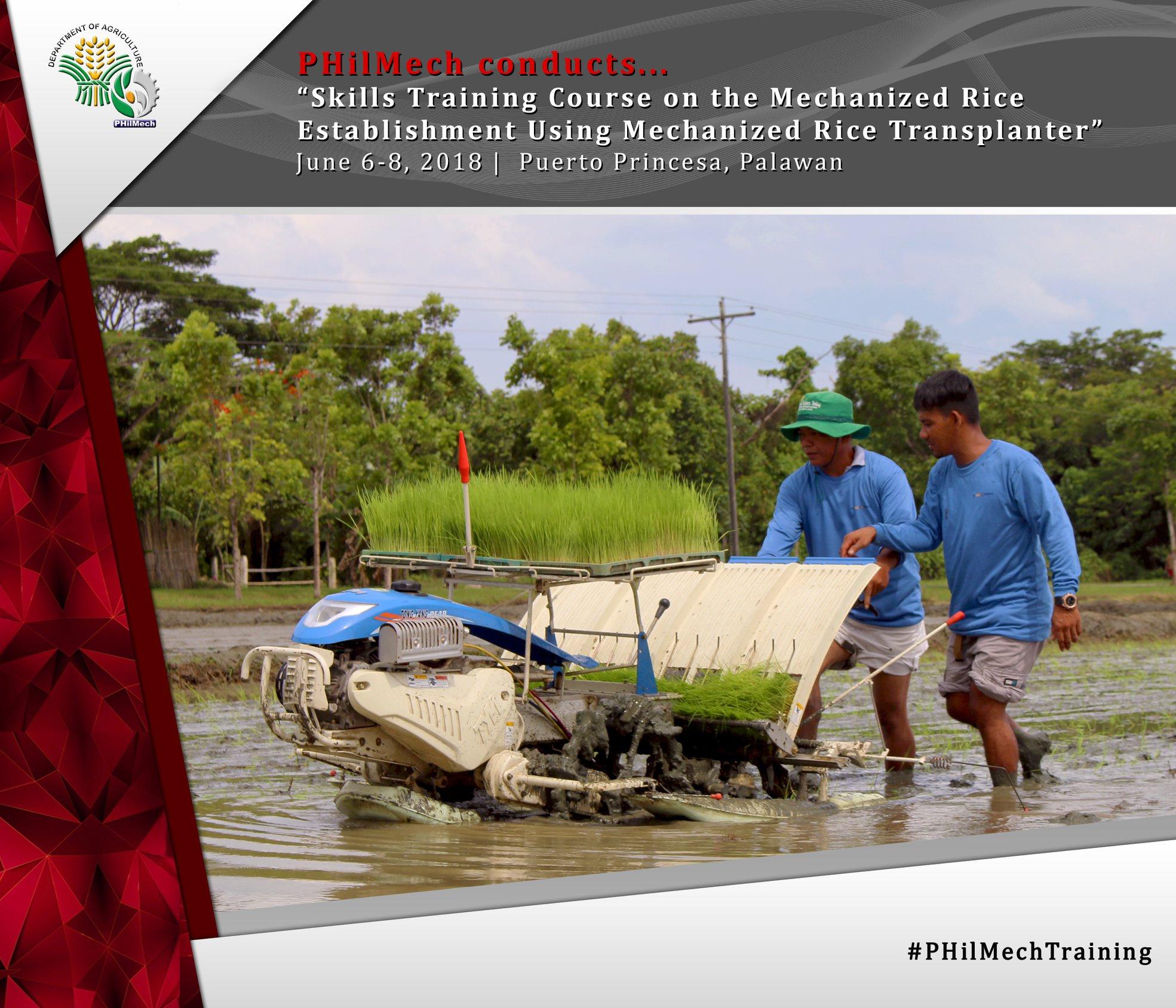
Approved five (5) PhilRice-bred new inbred rice varieties for commercial release; Made available for download two (2) android-based fertilizer recommendation applications (LCC and MOET App), and introduced enhancements to three (3) existing smart crop management applications (AgRiDOC, eDamuhan and Binhing Palay App);
Reviewed and improved the guidebook on the establishment of a fully-mechanized modern farm model for irrigated rice environment and a manual for mechanizing rice production; Developed, analyzed, pilot-tested and enhanced five (5) rice mechanization technologies; and
Demonstrated Palayamanan technologies on continuous multiple cropping (crop rotation, intercropping, mushroom spawn, mushroom production, and crop-animal system) in confined areas.
National Fisherie Institute PHilMech PhilRiceRegulatory Support Services. The Department’s regulatory agencies continue to carry out critical services to ensure stakeholders' compliance with relevant industry policies and regulations from the production process, up to its processing, labeling, distribution, and sale, including those that enter the country. Regulatory activities and standards development are likewise being undertaken to comply with international standards and regulations of trading partners.
Processed 152,429 Sanitary and Phytosanitary (SPS) clearance applications from BAI and BPI Issued other regulatory documents as follows: 365,972 for fisheries, 17 for agriculture and fisheries engineering regulations compliance, 17,595 for fertilizers and pesticides, and over 3.6 million for meat safety and quality.
Inspection, Monitoring and Surveillance
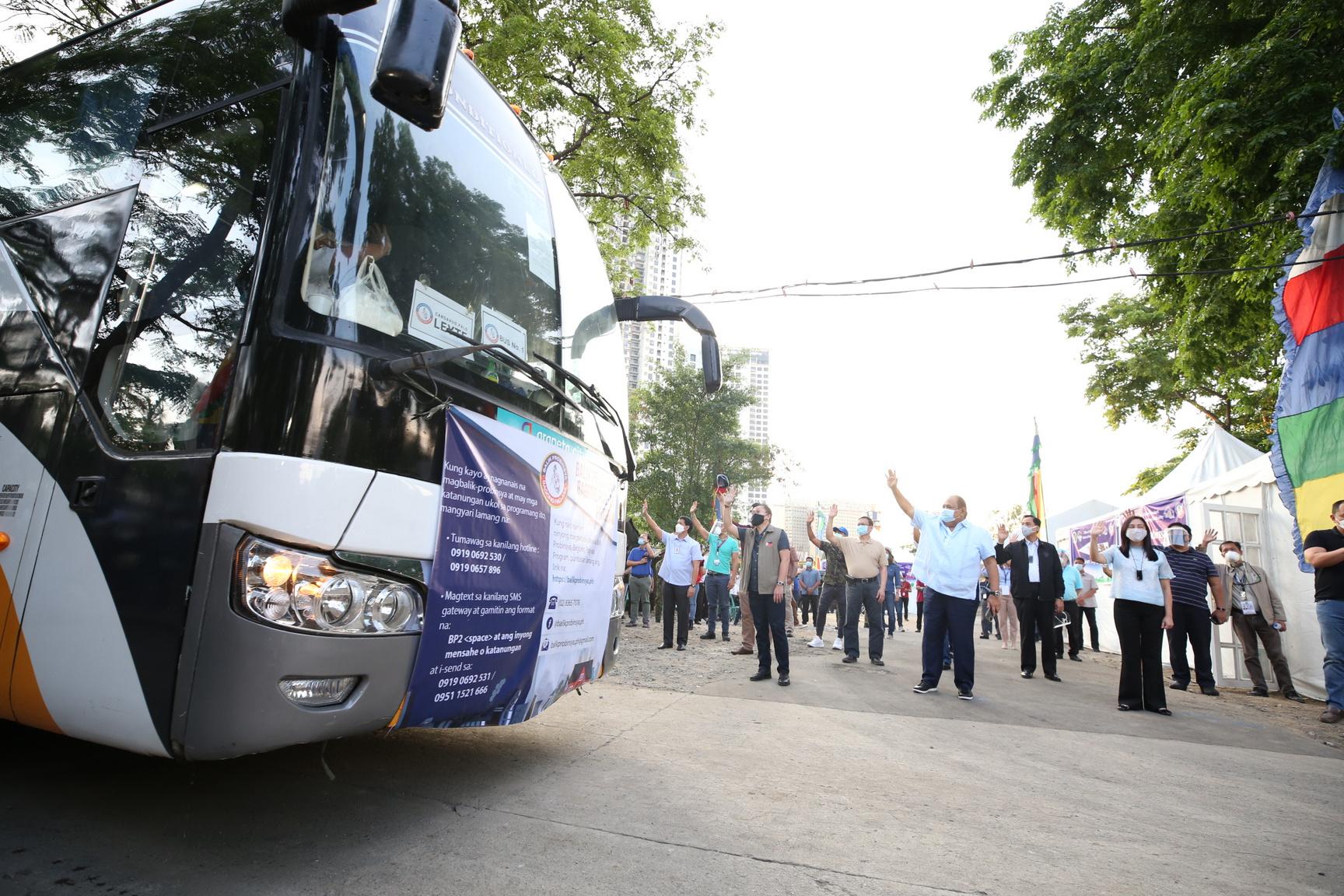
Monitored/inspected the following:
343 new agricultural products and 230 new agricultural facilities (by BAI and BPI); 75,310 fisheries entities (commercial fishing vessels, Fishpond Lease Agreements covered areas, etc ) and 190,890 fishery products (by BFAR); 22,403 fertilizer and pesticide establishments as well as 111,001 fertilizer and pesticide products (by FPA);
Regulatory activities resulted in 778 apprehensions due to unauthorized fishing, operation of commercial fishing vessels with unlicensed workers, and use of active and unlicensed gears in prohibited areas; detection of 397 violations of fertilizer and pesticide handlers, and confiscation of 18,812 kilograms of imported and local meat; and Maintained the country’s disease-free status for Foot and Mouth Disease (FMD) due to the implementation of strict quarantine protocols and improved disease surveillance and monitoring activities.
Developed 24 Philippine National Standards (PNS) on food safety and quality for crops, livestock and poultry, fisheries and aquaculture, organic agriculture, and machinery and infrastructure, among others; and Adopted and translated four (4) PNS into technical regulations, namely: (1) Guidelines on the Registration of Organic Soil Amendments (OSA) Producers and Products; (2) Guidelines on the Registration of Organic Bio-control Agents (OBCA) Producers and Products; (3) Guidelines for the Establishment, Maintenance, and Amendment of the National List of Permitted Substances for Organic Agriculture; and (4) National List of Permitted Substances for Organic Agriculture.
Balik Probinsya, Bagong Pag-asa Program. The Department developed packages of interventions which include agri-based support services as well as livelihood and employment opportunities to empower Balik Probinsiya, Bagong Pag-asa (BP2) beneficiaries who want to engage in agriculture and fisheries.
Provided 112 returnees with starter kits consisting of assorted seeds for their gardening activities;
Provided two (2) of the 39 BP2 beneficiaries who have expressed interest to pursue agriculture and fisheries with native chickens, vegetable seeds and Trichantera and Azolla planting materials; and
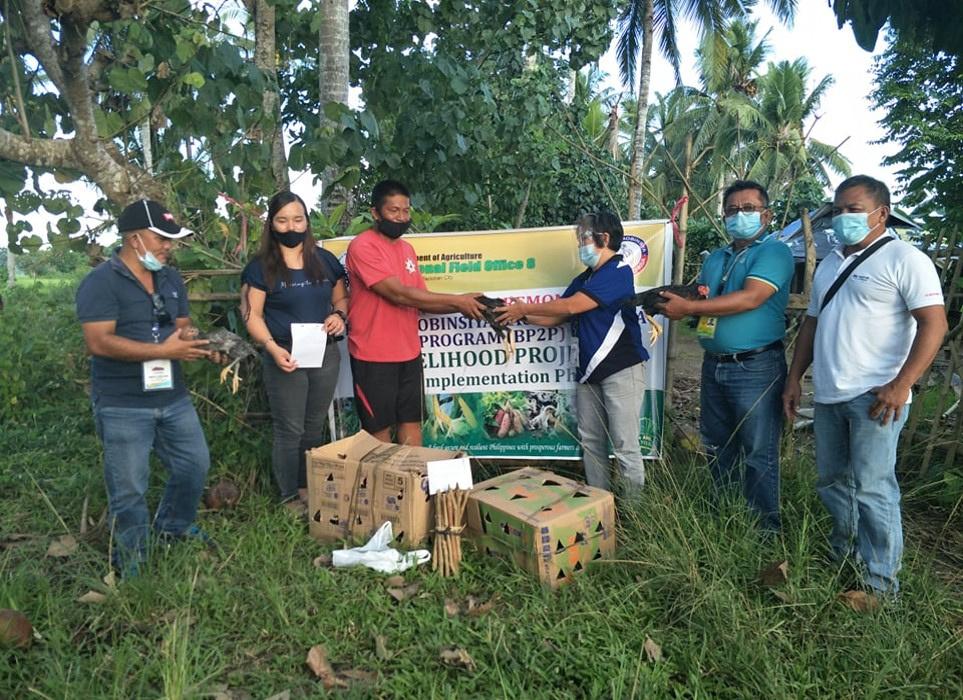
Conducted s special webinar on Balik Probinsya Agribusiness Programs for Overseas Filipinos entitled “Kabayan, May Kabuhayan Sa Kabukiran" hosted by the Philippine Embassy in Brasilia with 100 participants
Agricultural Competitiveness Enhancement Fund (ACEF). The utilization of the Agricultural Competitiveness Enhancement Fund (ACEF) was extended by RA 10848 or the ACEF Extension Law which was signed last May 23, 2016. The law provides that the ACEF shall be earmarked for: (1) Credit facility (80%); (2) Research and development (10%); and (3) Grant-In-Aid for Higher Education Program (10%).
Transferred Php1 44 billion to LBP for ACEF’s 2020 credit fund; Granted Php4 214 billion in loans to 33,578 SFF, FCAs and MSEs nationwide;
Approved a total of 36 projects (18 projects for technology commercialization and 18 projects for research facilities upgrading) under ACEF’s R&D grant Of these, 23 projects already secured funding;
2,318 new scholars has qualified for ACEF’s scholarship grant; and Provided payment amounting to Php3.141 billion to 15 partner SUCs nationwide under the ACEF scholarship grant implemented in coordination with the Commission on Higher Education (CHED).
Digital Agriculture. The challenges that Philippine agriculture faced in the new normal validated the urgent need to innovate digital solutions to be more efficient, responsive, and modern in the ways DA is serving the country’s farmers and fisherfolk amidst this pandemic As the sector transitions to “Agriculture 4 0” and the Fourth Industrial Revolution (4IR), these reforms will effectively make DA more in tune with the changing times
The Department, through the Information and Communications Technology Service (ICTS), is developing a variety of digital solutions laid out in a four-year Philippine agriculture digitization roadmap.

Disruption, Transformation & Enablement 1
Rebootandaligndigitizationefforts, initiatecentralizationofdataholdings, mindsettingtransformation 2
Efficiency & Optimization
Improveimplementationof cost-effectivedigitalsystems& automationofprocesses,strengthen linkages&collaborations
Synergy & Integration 3 4
Scaleupandintensifymainstreamingof ICTsolutions,infuseinnovations throughlearning&developmentand knowledgetransfer
Sustainability
Continuousupgradingand enhancementofDA-wideICTsystems andinfostructuretomaintainits security,reliabilityandintegrity
Joint project with Smart City App, introduces a platform that has an intelligent supervisory control and data acquisition platform that allows farmers and fisherfolks to report emergencies directly to the Command Center for immediate response
Partnered with Planters Products Inc. (PPI) and the SatSure AG to provide better crop insurance in the country using satellite technology Exploratory talks are ongoing for possible upscaling and integration with other existing geospatial projects which uses satellite imageries in damage and loss assessments
The e-Kadiwa online market platform is now up and running to link producers and agri-preneurs to consumers Customers only need to visit the website ekadiwa da gov ph where they can order a wide range of fresh and affordable farm and fishery products
Launched DeliverE - a farm goods delivery platform aiming to help Filipino farmers transport their produce to key markets and address urgent food security issues Using the platform, which links producers with consumers, farmers generate more income by selling fresher fruits and vegetables to buyers and less food goes to waste
Developed the Farmers and Fisherfolk Enterprise Development Information System (FFEDIS) for agribusiness linkages It is an on-line data warehousing and reporting system aimed at profiling the stakeholders (producers and processors) that will enable them to strengthen their links and integrate market development support services
Developed the Farmers’ and Fisherfolk’s Registry System (FFRS) to update the Registry System for Basic Sectors in Agriculture (RSBSA) that aims to hasten the registration of farmers and fisherfolk in the DA’s master list of beneficiaries and clientele The information that will be gathered will be the basis of the DA on who will be given the interventions for the agriculture and fisheries sectors Currently, there are more than 1,031,449 farmers and fisherfolk registered in the RSBSA using the FFRS
Now being used for several projects of the DA is the Farmers Interventions Monitoring System (FIMS) It is an online monitoring system that aims to facilitate the listing and monitoring of beneficiaries who avail of the interventions that are being provided by the various programs of the Department This is an additional tool to validate and monitor the distribution on the ground and provide the DA Secretary and the DA Offices a quick look at what is happening Through the new web-based system, the DA can ensure that the intended beneficiaries have received and used the services and support inputs the agency has provided, thus limiting the risk of corruption and other malpractices It also enables more efficient planning and decision-making
As an offshoot of the FIMS, the Voucher Management Platform (VMP) was also developed for the DA’s Cash and Food Subsidy for Marginalized Farmers and Fisherfolk (CFSMFF) The system helps in facilitating the distribution of cash and food assistance worth Php5,000 00 to all identified. It utilizes a combination of mobile apps, QR codes, online portal, and dashboards to fast-track the implementation of the Department’s social amelioration program under the Bayanihan 2 Act Similarly, the Voucher Management Platform (VMP) for fertilizer distribution under the Rice Resiliency Program (RRP) 2 is also being developed
The objective of the platform is to facilitate the immediate and secured distribution of fertilizers to qualified rice farmers through electronic and fool-proof means
The Agriculture-based Central Data Ecosystem (AbCDE) Project aims to consolidate, classify, store, and establish access portals of data for DA personnel, farmers, fisherfolk, and other stakeholders The information generated can guide decision-makers, policymakers, economic managers and farmers and fisherfolks to produce optimal yield as well as provide useful information on agri-fishery concerns to the general public The data centralization is presently being done in a holistic manner It will not only look at the database but also the infrastructure requirements in preparation for the Big data centralization (data lake) approach
Gender and Development Program.
Recognizing the major role of women in Philippine agriculture, the Department bats for stronger and more gender-inclusive policies and programs This entails empowering rural women and providing them with equal opportunities and benefits through the various DA technical assistance and interventions. The DA, through its Gender and Development Focal Point System (GAD FPS), advocated for the further mainstreaming of gender concerns in the planning, design, implementation, and monitoring evaluation of all DA programs and projects.
The DA received a Level 3 rating from the Philippine Commission on Women (PCW) recognizing the Department’s wellfunctioning GAD FPS in the PCW study entitled “Effectiveness of the Institutional Mechanisms on the Implementation of the Magna Carta of Women.”
In 2020, Php7.62 billion was attributed as part of the DA’s GAD budget upon evaluation using the Harmonized GAD Guidelines (HGDG). Of this, Php496.3 million were allocated for client-focused activities such as the distribution of production support services and farm machinery and equipment, provision of marketing assistance, funding of R&D projects, and provision of training and extension support services. On the other hand, Php40 87 million was allocated for organization-focused activities in order to strengthen the capacity of the DA GAD FPS to facilitate gender mainstreaming in the whole DA system
Under the “Supporting Women Economic Empowerment” (WEE) Gender Responsive Economic Action for Women (GREAT Women) Project 2 supported by the government of Canada, 659 women’s micro enterprises (WMEs) were assisted on market development and expansion, business improvements, product design and development and in obtaining certification requirements.
In October 2020, ACPC has launched an exclusive credit program called Financial Assistance for Women in Agriculture and Fisheries or “AgriPinay”. For its initial rollout, a total of Php770,000 in loans were granted to nine (9) WME-borrowers in the province of Nueva Vizcaya while a total of 41 loan applications are currently on process pending the completion of documentary requirements
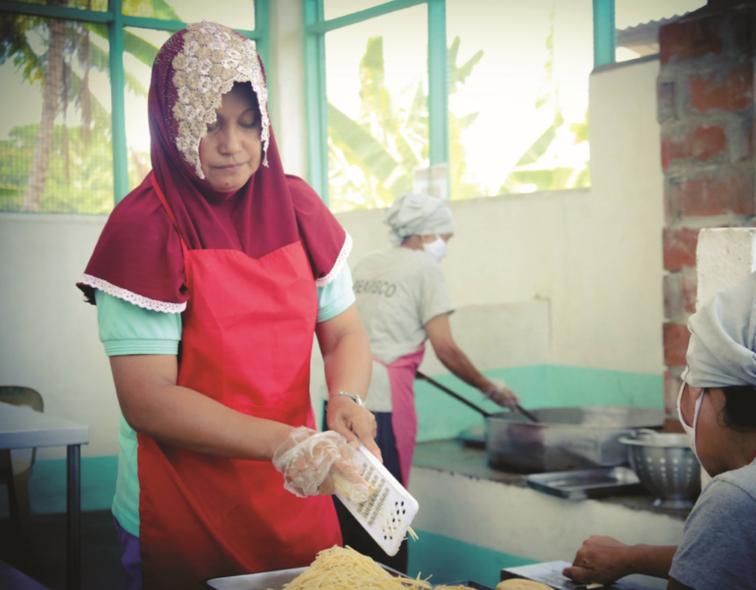
Provided inputs on the review of the Schedule of Concessions (SOC) of participating parties under the Regional Comprehensive Economic Partnership (RCEP);
Participated in the PH-Korea Free Trade Agreement (FTA) negotiations where it continued to pursue more liberal market access for PH’s agricultural goods, specifically tropical fruits;
Submitted to DTI- Bureau of International Trade Relations (BITR) DA’s position on Malaysia’s proposal to subject food and agricultural products to unilateral tariffs of 0%-5% in the Asia-Pacific Economic Cooperation (APEC);
Prepared and submitted agriculture notifications to the World Trade Organization (WTO) in the areas of market access, domestic support, and export competition;
Provided inputs to DTI regarding the special safeguard (SSG) measure on coffee products as well as update on the status of market access request for agricultural products;
Assessed the country’s poultry industry as to whether an oversupply would warrant the temporary suspension of poultry and poultry products importation The study found no warrant to initiate a general safeguard measure (GSG) investigation on chicken meat products since there were no surge of imports over the last five (5) years; and
Issued and published the Department Order No. 10, series of 2020, prescribing the extension of the imposition of antidumping duty on the imported wheat flour from Turkey. The Department is also pushing for the enactment of other key legislative measures crucial to the development of th agriculture and fisheries sector and the country's economic recovery such as Strengthening of the Philippine Crop Insurance Corporation, Institutionalizing measures for Farm and Fishery Clustering and Consolidation, National Convergence Initiative Act, Institutionalizing the Young Farmers Program, Strengthening the Agricultural and Rural Financing System, Bamboo Industry Development Act, Amendements to the Price Act, Amendments to the Seed Industry Development Act and Philippine Fiber Industry Development Act, among others
International Relations
The signing of the DA-US ASEAN Business Council (USABC)Memorandum of Understanding (MOU) institutionalizes the partnership between the Department and the USABC member-companies in the Philippines towards strengthening cooperation in livestock production and animal health, agricultural trading and investment, plant science, agricultural technology and digital agriculture, food safety, and inclusive business and sustainability. Some of the existing cooperation and initiatives under this MOU includes: (1) Bayer’s exploration of business development opportunities for drone use in farming, urban agriculture,
and promotion of agriculture among the youth; (2) Cargill’s interest to expand its poultry industry and integration of meat processors with poultry processors, and initial scoping of the Philippines as a potential source of cocoa; (3) Coca Cola’s various interventions for the development of the local sugarcane industry; and (4) Philip Morris’ proposed investments for the country’s tobacco industry.
Other policy concerns
Geographical Indications: DA implemented the MOU signed with the Intellectual Property Office of the Philippines (IPOPHL) in November 2018 on the development of Geographical Indications (GIs). Relevant activities undertaken include a review of GI regulatory frameworks of ASEAN countries and draft GI Bill, capacity building activities preparative to the establishment of system of evaluation of applications for GIs in the Department, and finalized the FAO project proposal titled “Support to Development of Geographical Indications in the Philippines as Instrument of Sustainable Rural Development ”
Cooperation Projects on SPS and Biotechnology: The Department finalized two (2) cooperation projects on SPS and biotechnology, namely: (1) Enhancing Agricultural Trade through SPS Cooperation to be funded under the ASEAN-Russia Dialogue Partnership Financial Fund; and (2) Building Safe Agricultural Food Enterprises (B-SAFE) by the United States Agency for International Development.
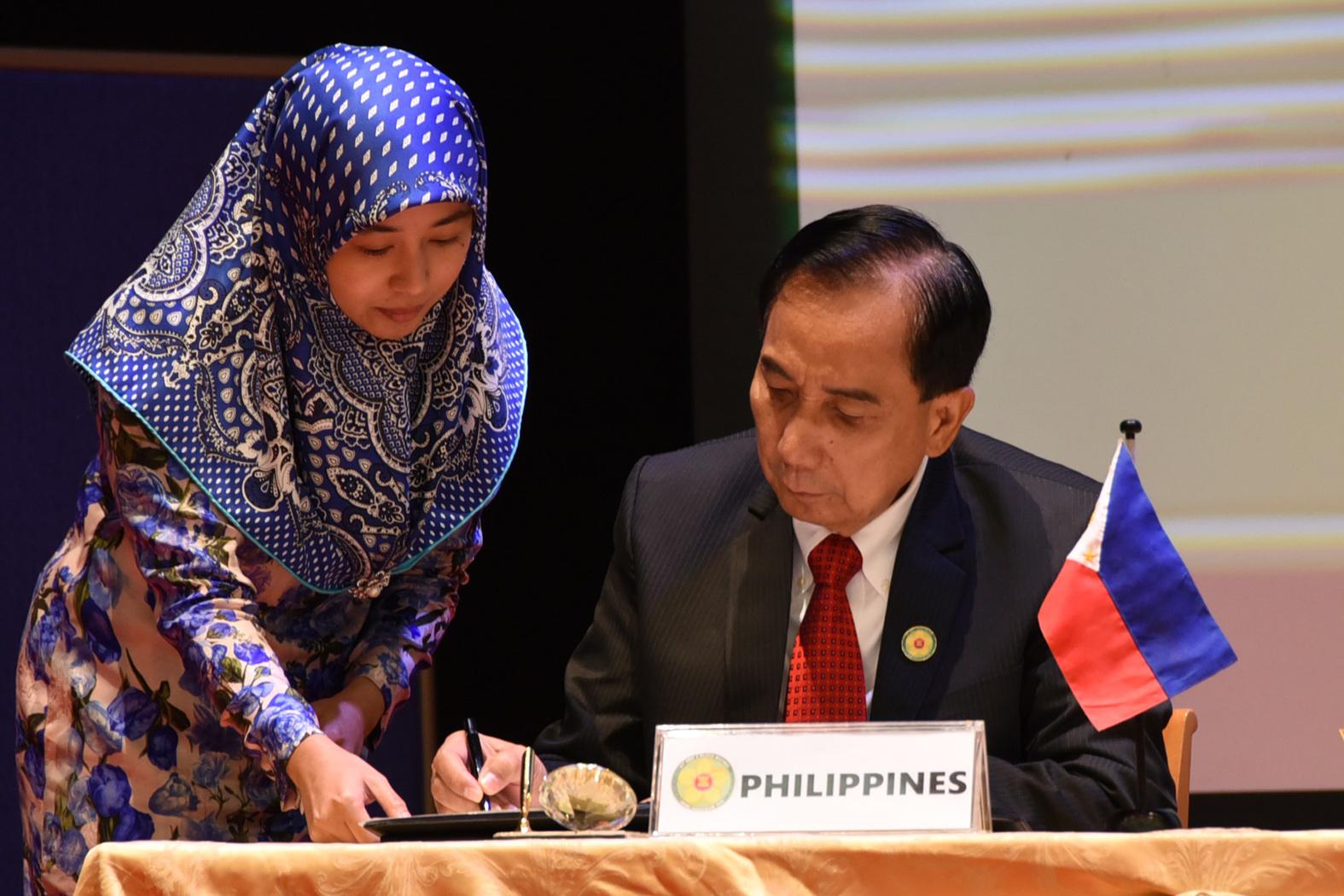
Industry and Sectoral Consultations and Partnership Development. Through the Philippine Council for Agriculture and Fisheries (PCAF), DA is working to set up better and more inclusive platforms and mechanisms for multi-stakeholder engagement, transparency and accountability in policy and program development processes for the agriculture and fisheries sector.
Enlisted and engaged 310 new AFC members in the various participatory policy and development processes undertaken by PCAF;
Drafted the omnibus guidelines on the engagement of AFC and other stakeholders which details the structure, composition, roles, functions and other concerns relative to the participation and engagement of AFCs in the entire network of PCAF’s advisory and consultative bodies from the national down to the regional and local levels;
Established four (4) National Banner Program Committees (NBPCs) and one (1) Other Priority Program Committee (OPPC) on rice, high value crops, fisheries and aquaculture, agricultural and fishery mechanization, and poultry, livestock and corn;
Conducted six (6) roll out activities for the Innovative Consultation on Agriculture and Fisheries Policy Reforms and Engagement (i-CARE) Program to orient Agricultural and Fishery Councils (AFCs), National Sectoral Committees (NSCs) and partner stakeholders on the i-CARE Program and have a shared understanding of PCAF’s strategic shift;
Conducted 72 virtual consultations with the AFCs at the national level, and 1,595 at the regional, provincial and municipal levels which include dialogues with industry groups to address issues and concerns relative to the supply, accessibility and prices of agricultural produce, including the eradication of ASF and other challenges confronting the industries with the implementation of quarantine protocols; and
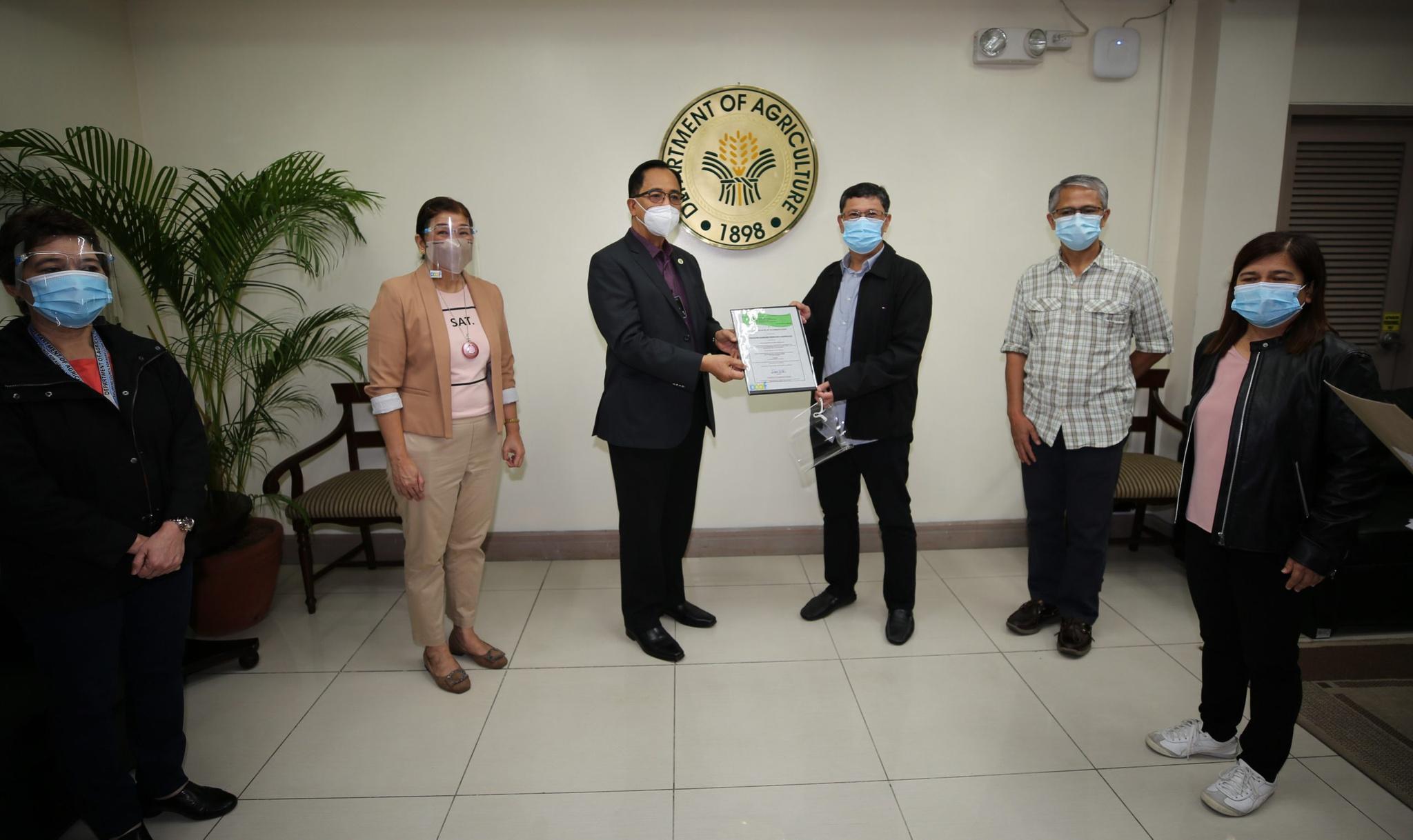
Generated 294 policy resolutions/ recommendations which were endorsed to concerned agencies for their appropriate action Of these, about 46% have been adopted
Conceptualized and launched an Agricultural and Fishery Youthpreneur Council (AFYC) to entice and engage the youth in agriculture and fisheries development;
Forged 13 partnership agreements with CSOs and farmers and fishery stakeholders; and
Accredited/endorsed 44 CSOs, composed of 15 national and 29 regional CSO, to work hand-in-hand with the Department.
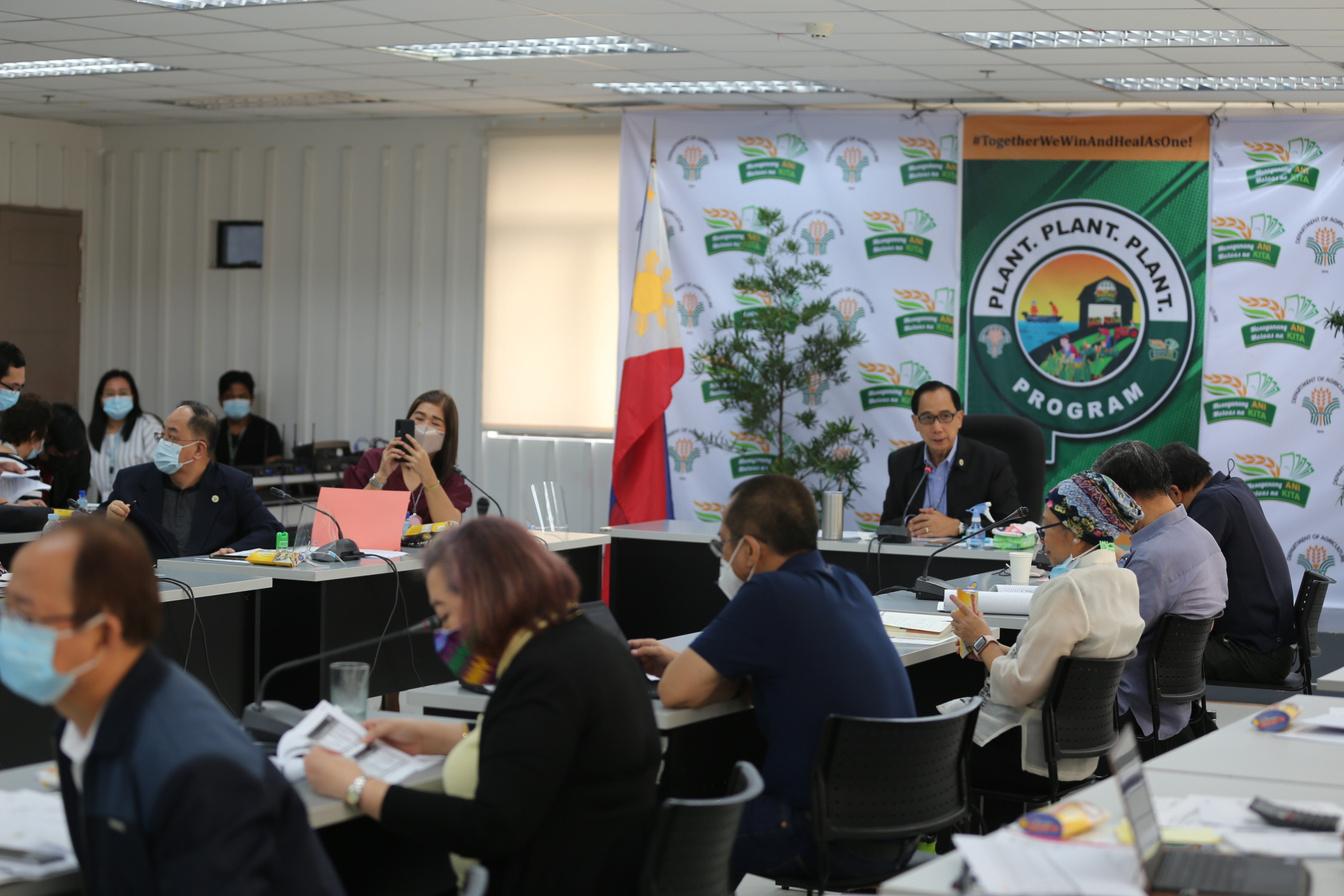 Industry and Sectoral Consultation Activities
Industry and Sectoral Consultation Activities
For 2021 and beyond, the Department will be guided by the “One DA” holistic approach anchored on the principles of modernization, industrialization, consolidation, and professionalization to transform the Philippine agriculture into a productive, competitive and resilient sector.
With these strategies imbued in the “One DA” approach, DA also hopes to masterfully weave together efforts and initiatives by various industry actors and find more ways to encourage people to combine their efforts, resources, talents and enthusiasm towards the realization of a common vision for Philippine agriculture.
Province-led Agri-fishery Extension Systems
Collective Action, Mobilization & Empowerment of Partners
Diversification
Credit
Technology & Innovation including Digital Agriculture
Farm Mechanization & Infrastructure Investments
Climate Change Adaptation & Mitigation Measures
Food Safety and Regulations
Agri Industrial Business Corridors
Global Trade, Export Development & Promotion
Postharvest, Processing, Logistics & Marketing Support
Agriculture Career System
Education & Training: Agribusiness Management
Ease of Doing Business & Transparent Procurement
The “One DA” Holistic Approach to Agriculture & Fisheries Transformation Bayanihan Agri Clusters SupportFood Security Development Framework (FSDF). The FSDF embodies the Department’s vision of a food secure and resilient Philippines with empowered and prosperous farmers and fisherfolk The framework serves as basis for all programs, projects, and activities (PPAs) being proposed and implemented as the DA transitions into the new normal and beyond.
It aims to ensure the enhancement and promotion of agriculture commodities as well as its availability, accessibility and affordability, price stability, sustainability, and food safety This provides a clear view toward the accomplishment of all key results areas supported by the principles imbued in the ‘new thinking’ for agriculture
Updated Philippine Development Plan (PDP) 2017-2022. The PDP midterm updating which was conducted in 2020 provided an opportunity to review and update policies, directions, and strategies with consideration to the impact of the pandemic.

The updated PDP Chapter 8 (Expanding Economic Opportunities in Agriculture, Forestry, and Fisheries, and Ensuring Food Security) emphasizes the need to achieve food security in light of the new normal Strategies were recalibrated to adopt a holistic value chain approach guided by science-based decision support tools, towards ensuring sustainable and resilient production and food availability, expanding access to markets by SFFs, and improving access of consumers to nutritious, affordable, and safe food.
Corollary to this, the Department must ensure that PPAs and other interventions in the agriculture and fisheries sector are responsive and supports the three-fold sectoral outcomes of (1) expanding economic opportunities across regions, (2) expanding access to economic opportunities including the digital economy and (3) ensuring food resiliency and reducing vulnerability of Filipinos
Mandanas-Garcia Supreme Court Rulings. FY 2022 will be the pilot year of implementation of the court ruling that mandated the increase in the share of LGUs in national taxes or the computed Internal Revenue Allotment (IRA) to include customs duties collected by the government Moreover, the decision also provided for the full devolution of several functions of National Government Agencies to LGUs. In the case of DA, the devolved functions/services include Agricultural Extension and On-site Research Services, Distribution of production inputs under banner programs, including fisheries, Market Development and Assistance, and Infrastructure Facilities Development.
In light of this, the DA need to re-evaluate its plan preparation and implementation taking into account the omission of the devolved activities. Further, efforts must also be directed towards the development of national policy and service delivery standards, and formulation of a long-term institutional development program for LGUs to strengthen their capacities and capabilities to fully assume the devolved functions
Disclaimer:
Photos used in this report where DA officials, employees and stakeholders are seen not wearing masks and practicing physical distancing were taken prior to the imposition of minimum health protocols as precautionary measures against COVID-19
The DA, including its Regional Offices, Bureaus and Attached Agencies strictly adheres to government mandated protocols as indicated in the Department’s COVID-19 Guidelines on Service Continuity and Precautionary Measures in the Workplace.
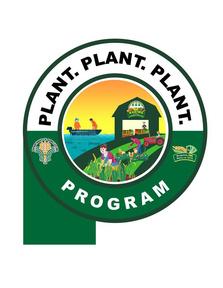

Elliptical Road, Diliman, Quezon City 1100, Philippines
+63 (2) 8928-8741 to 64
+63 (2) 8273-2474
www.da.gov.ph


info@da gov ph
https://www.facebook.com/dacentralphilippines

"AfoodsecureandresilientPhilippineswithempoweredandprosperousfarmersandfisherfolk"